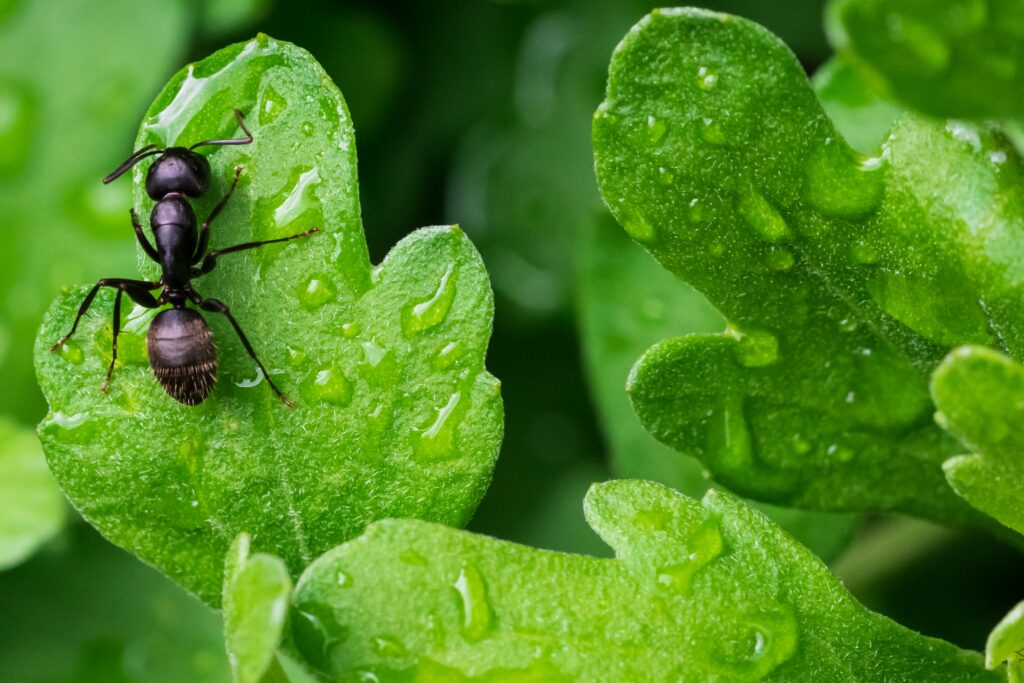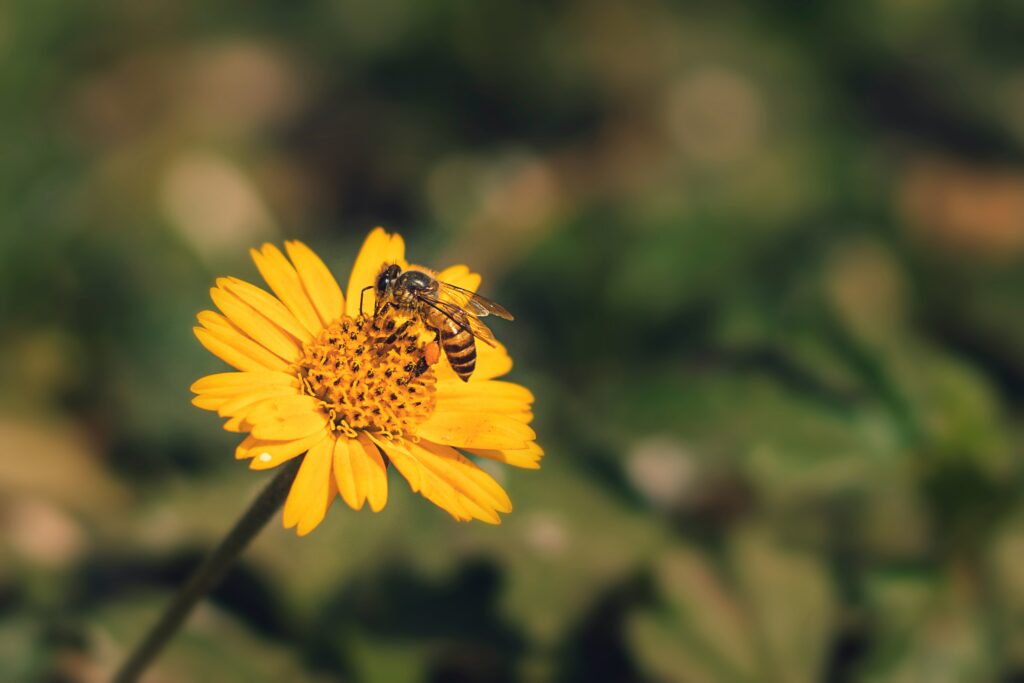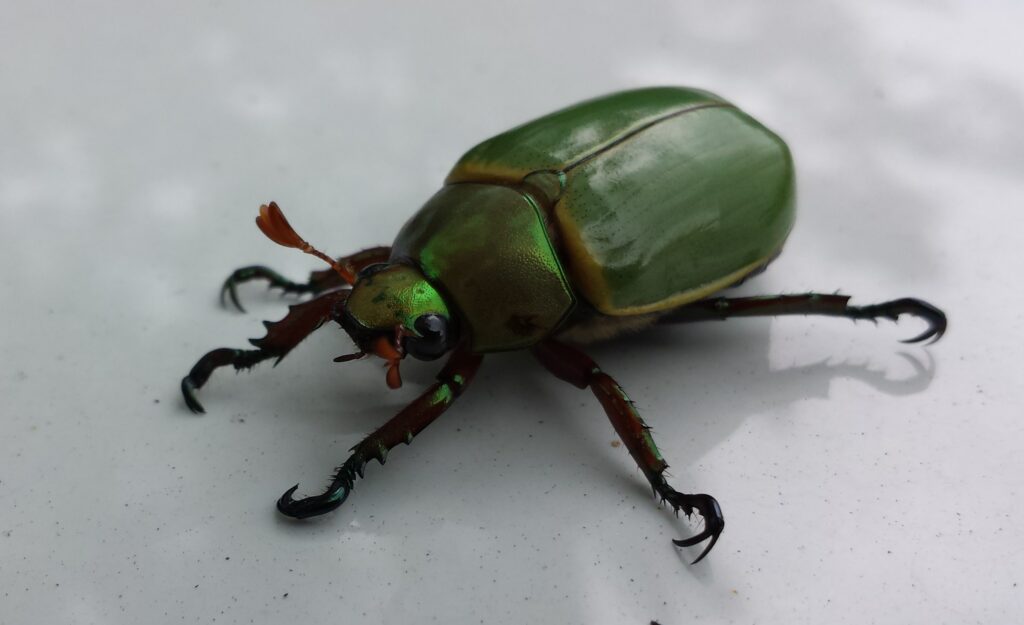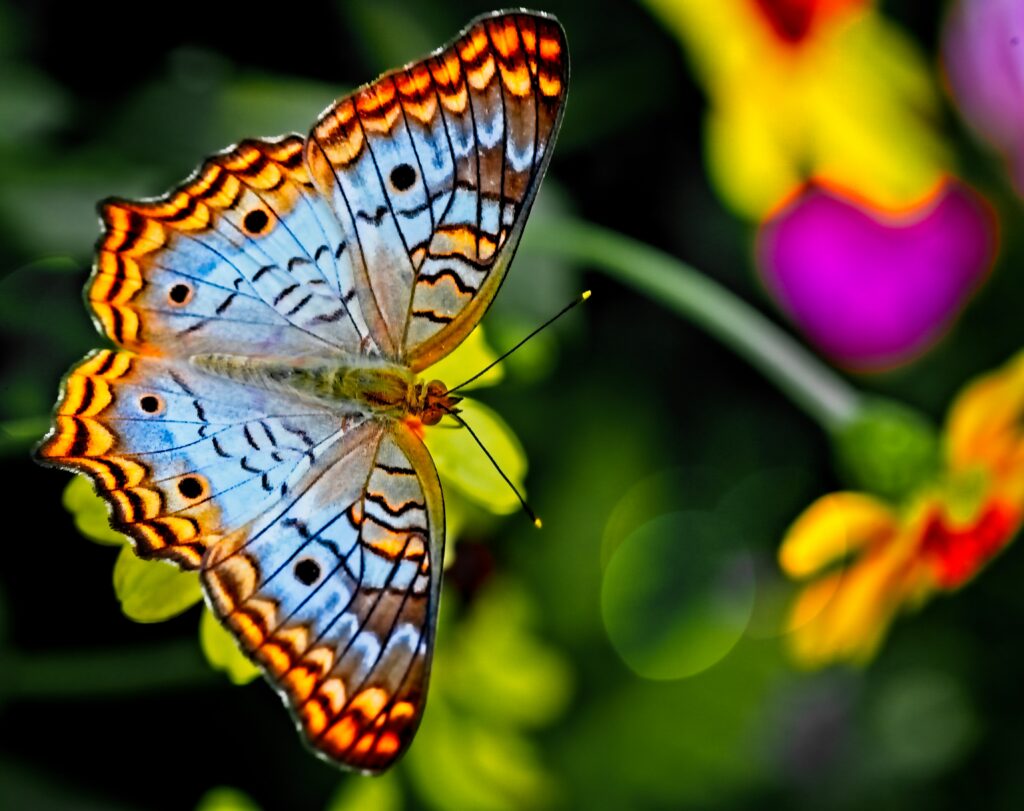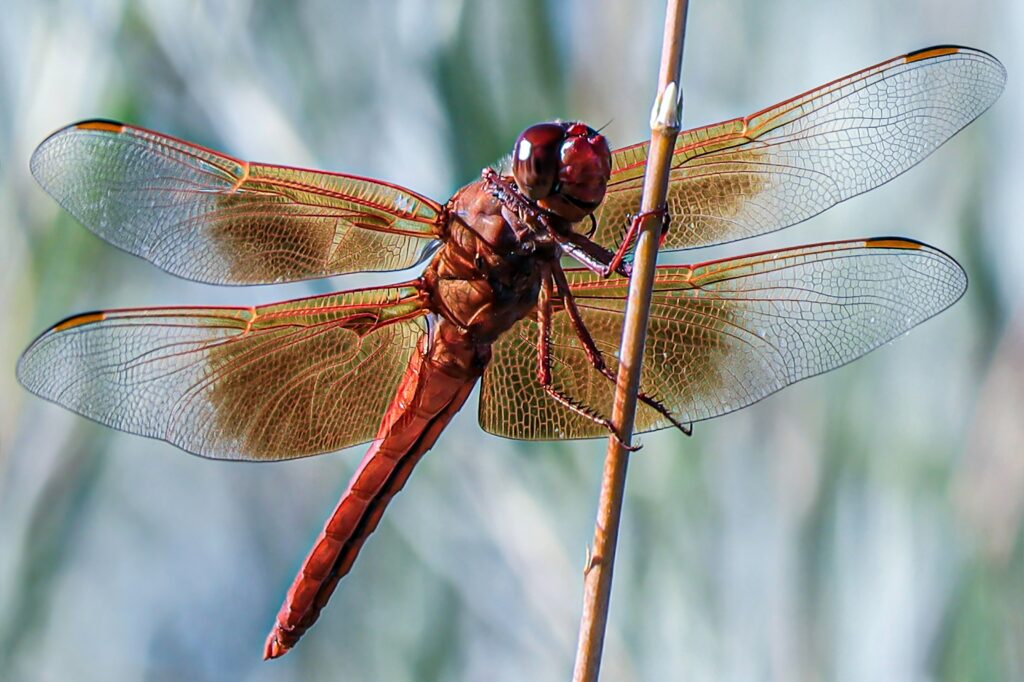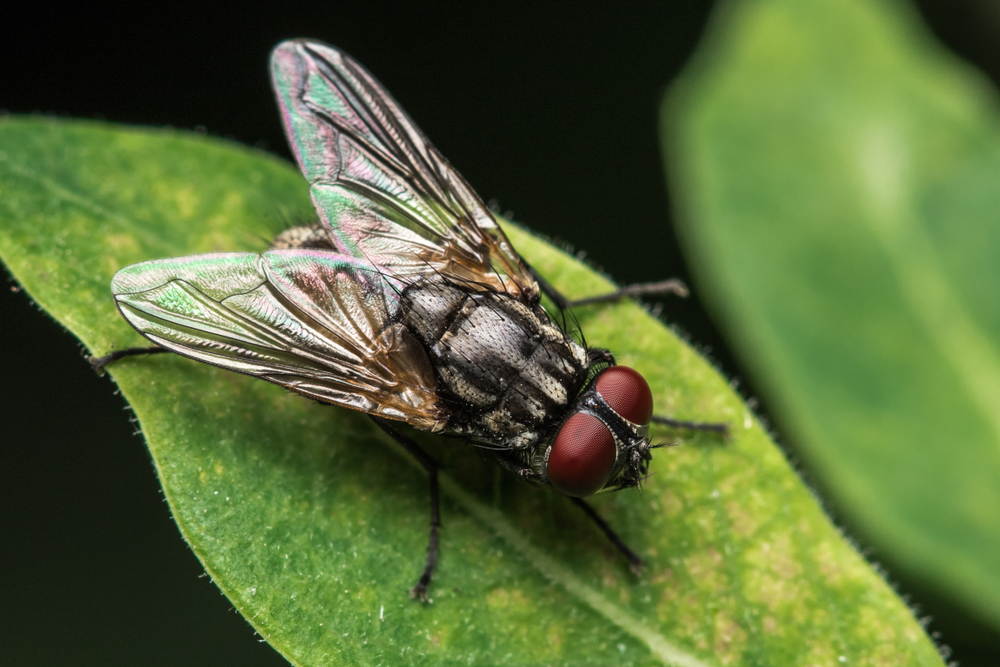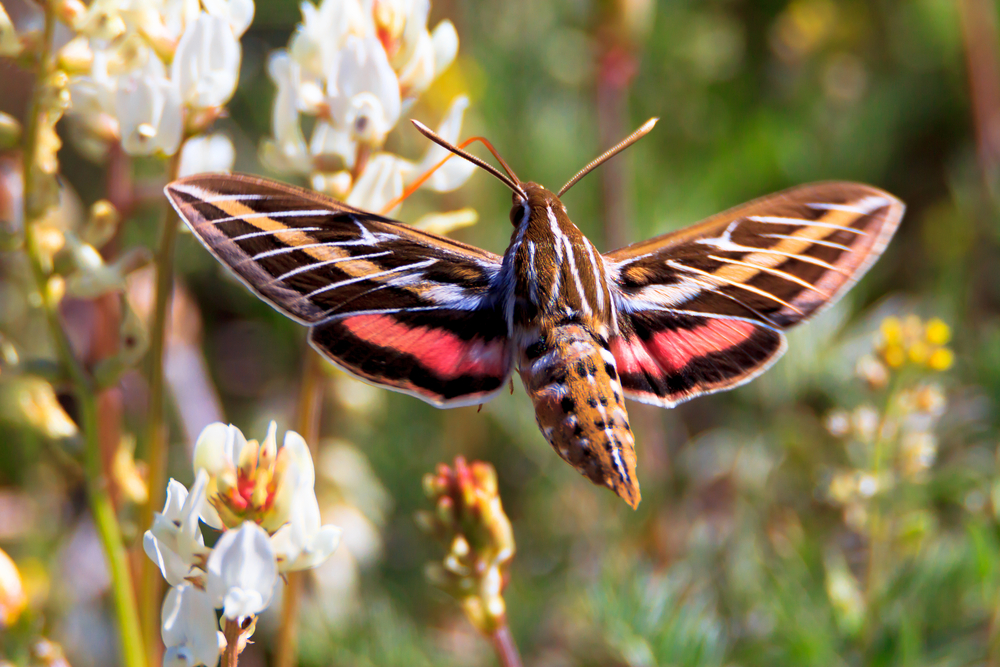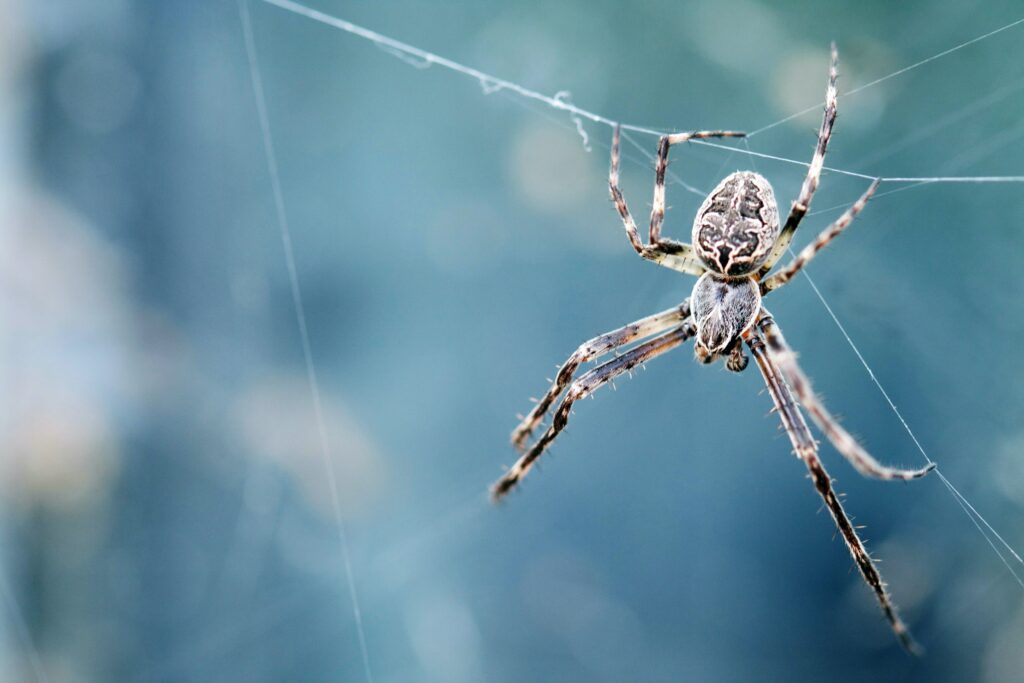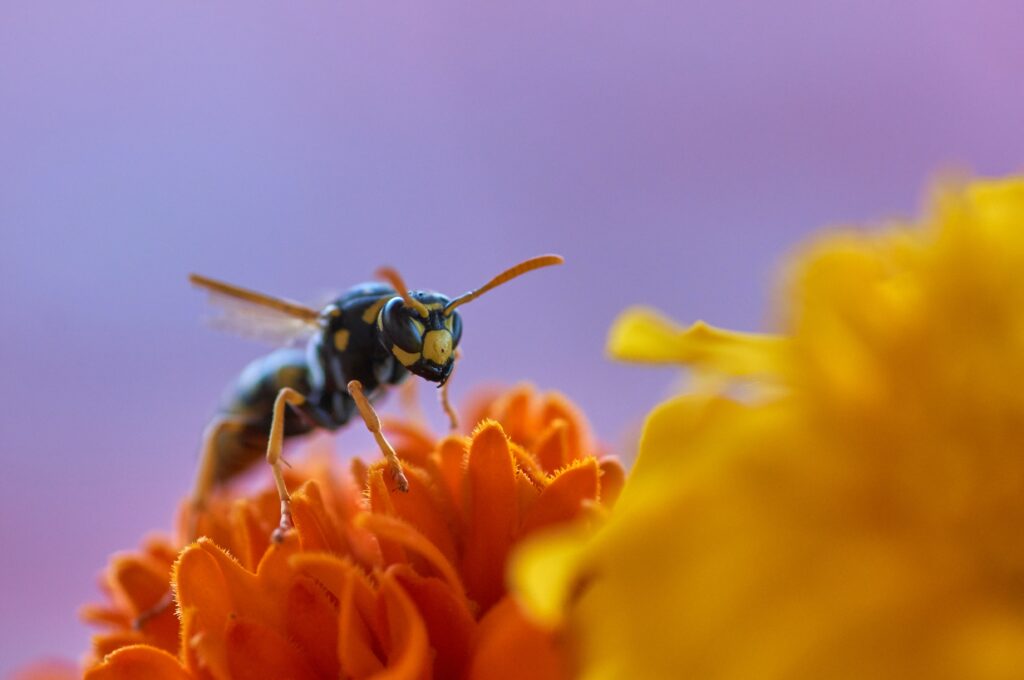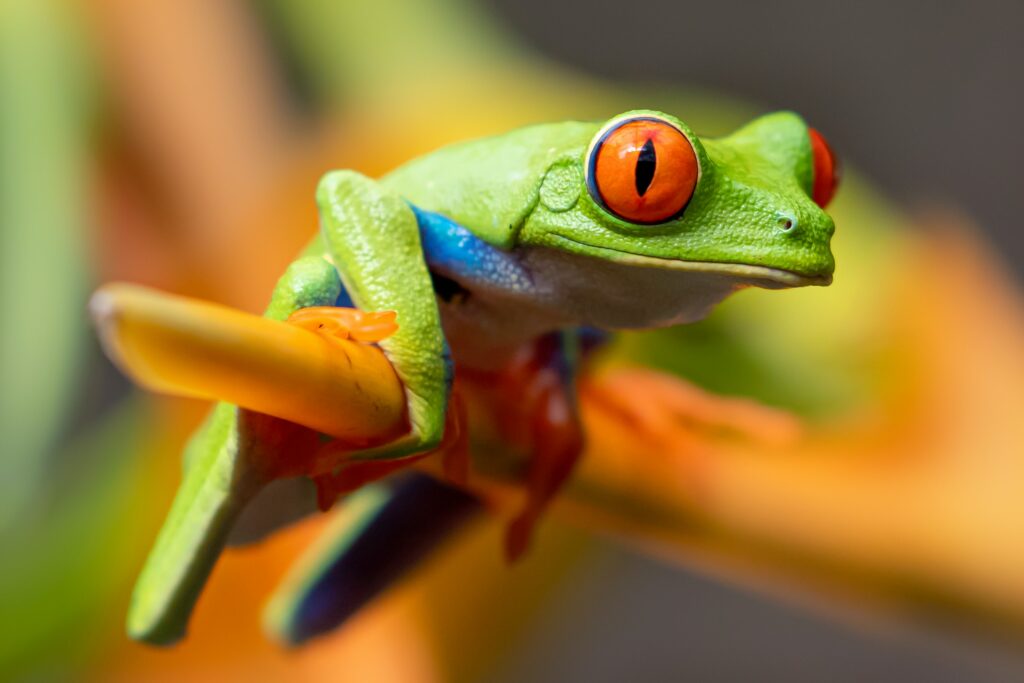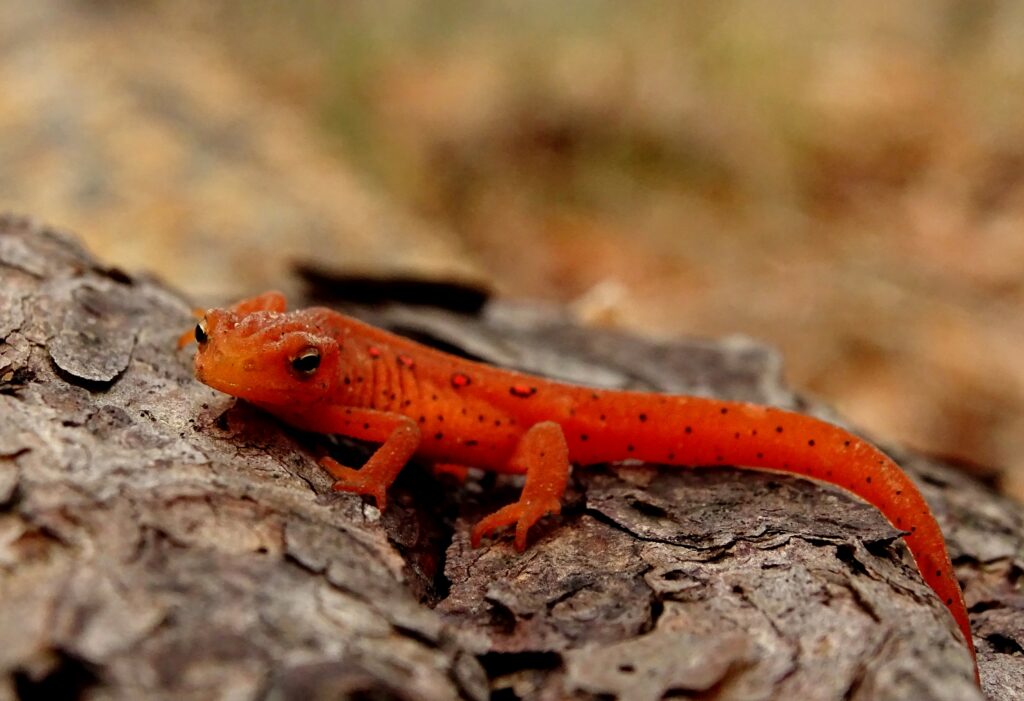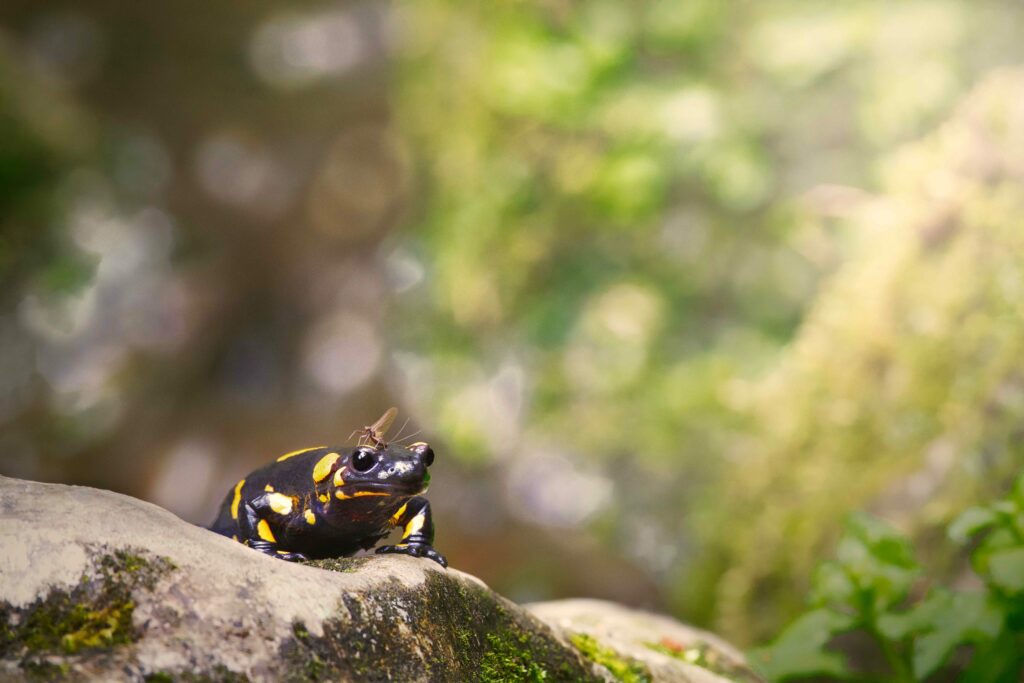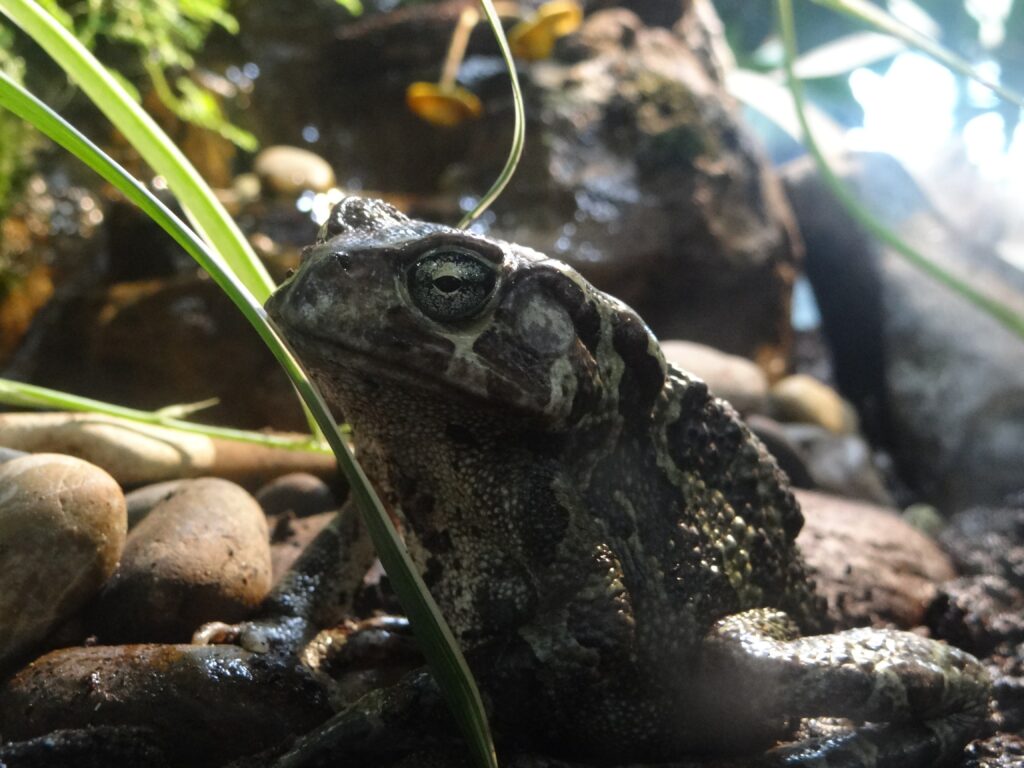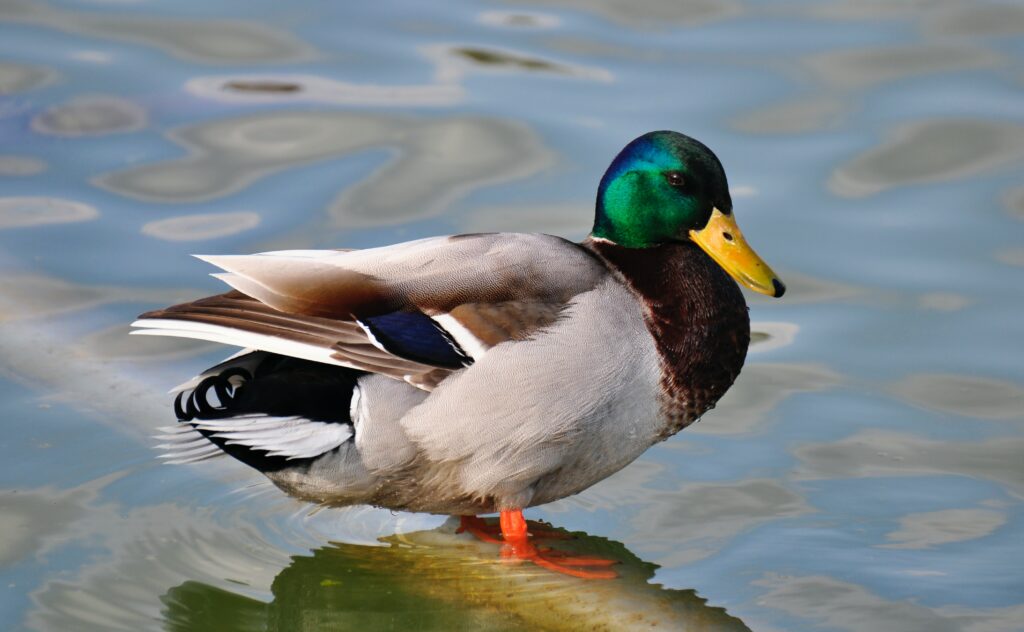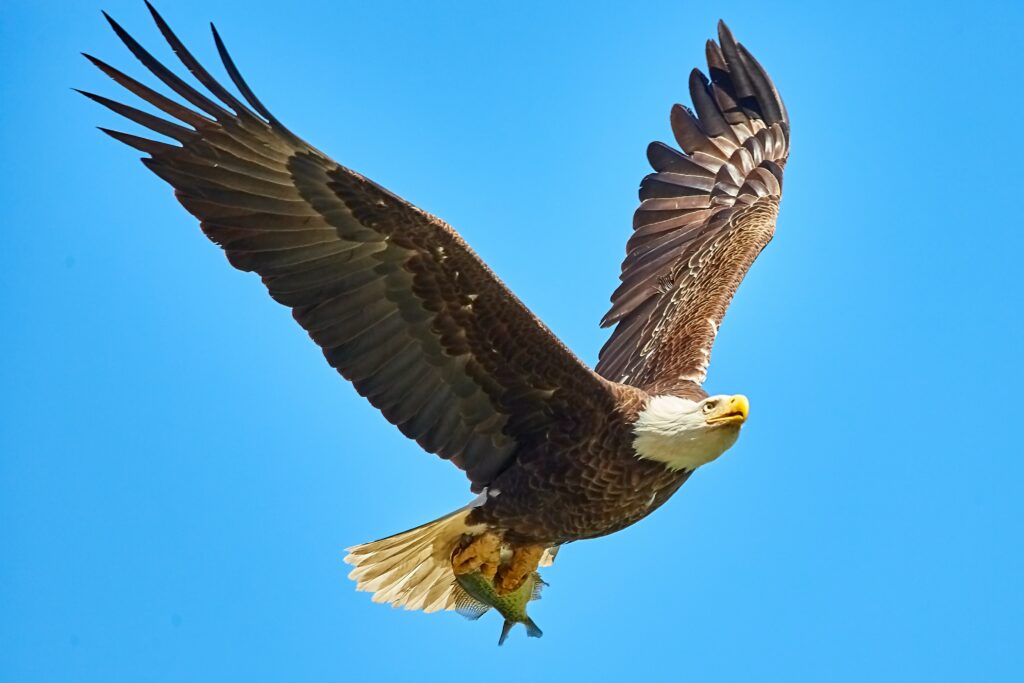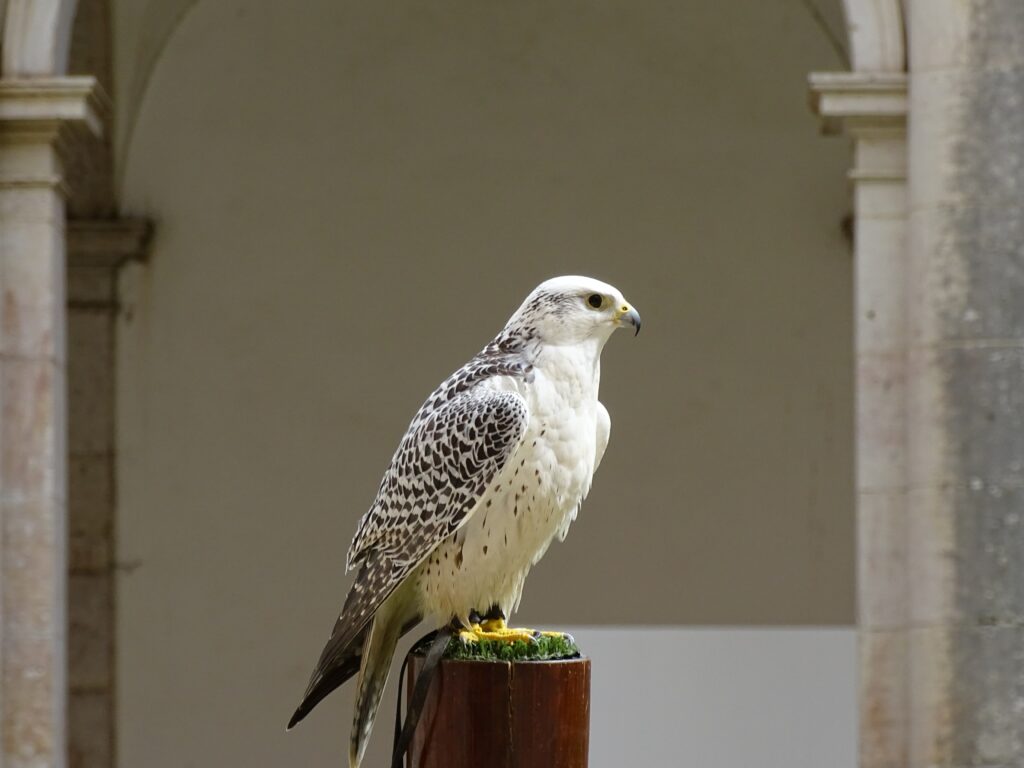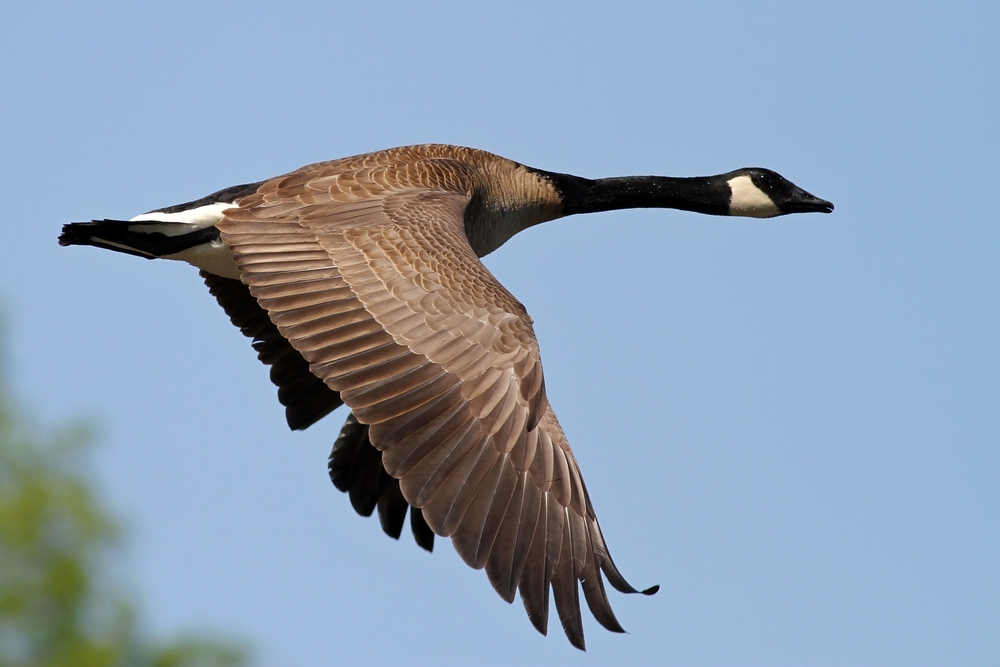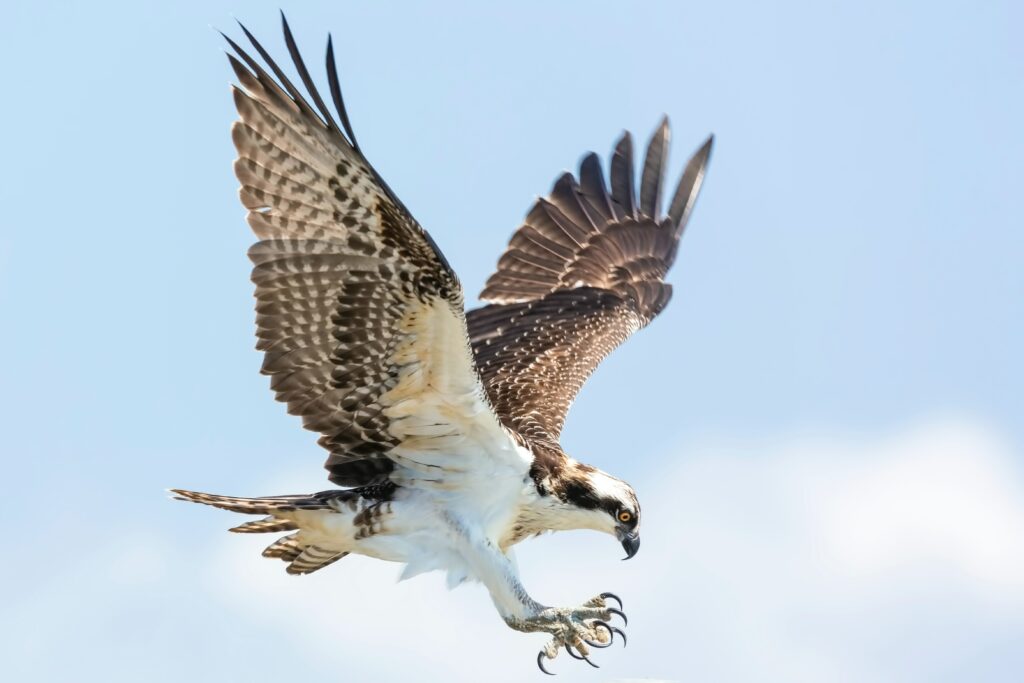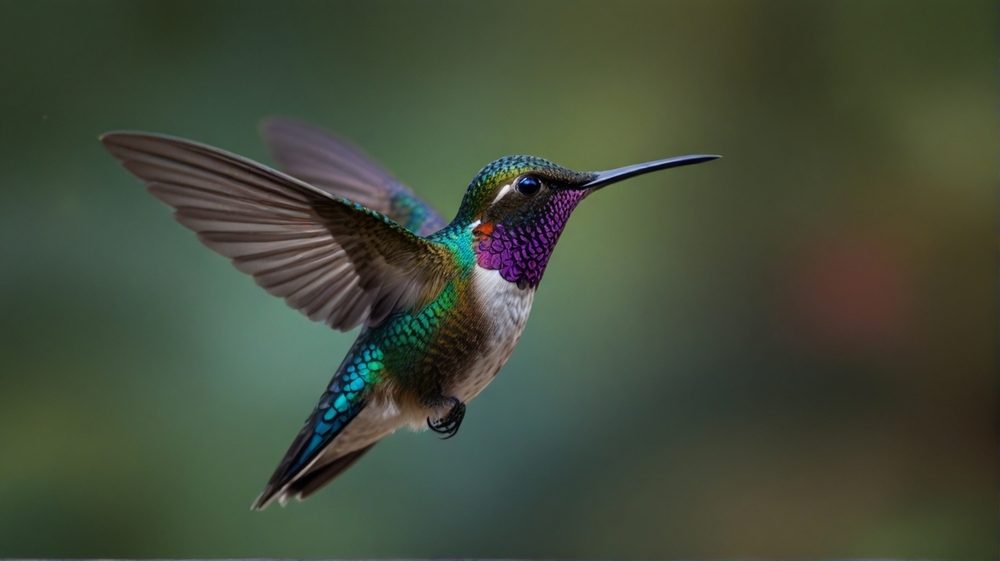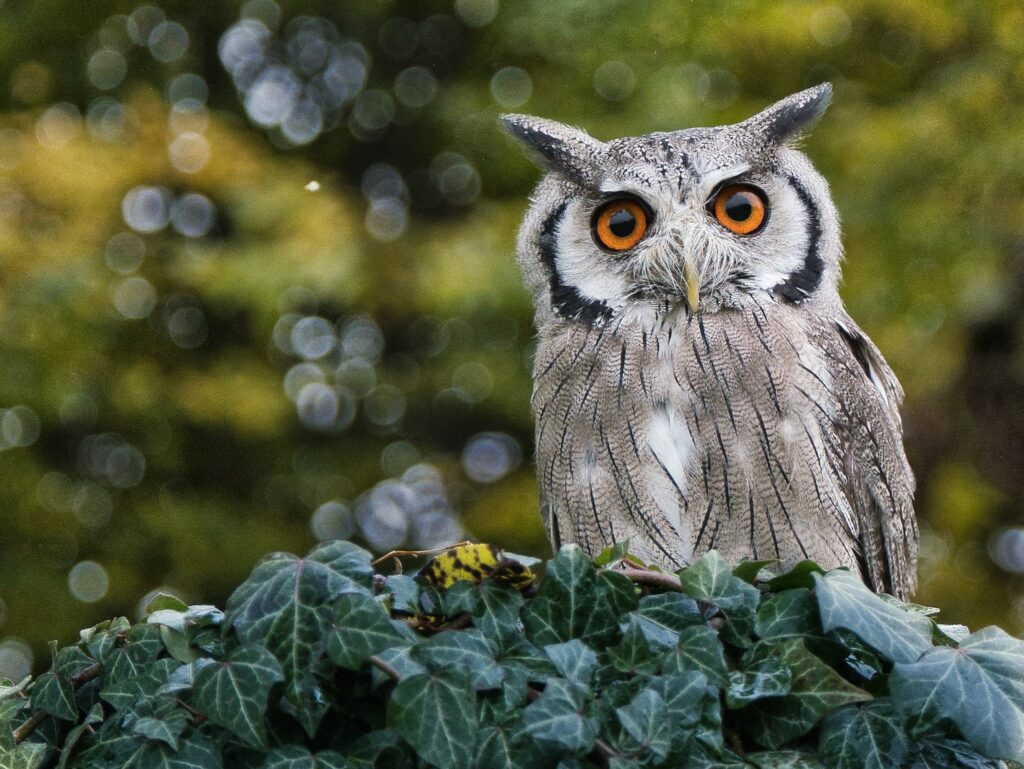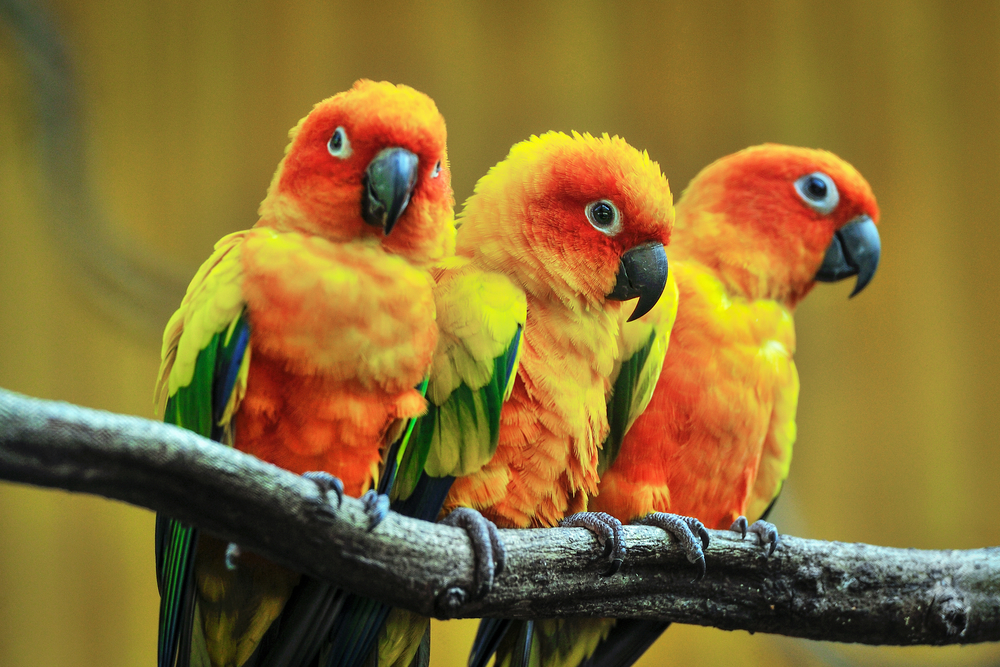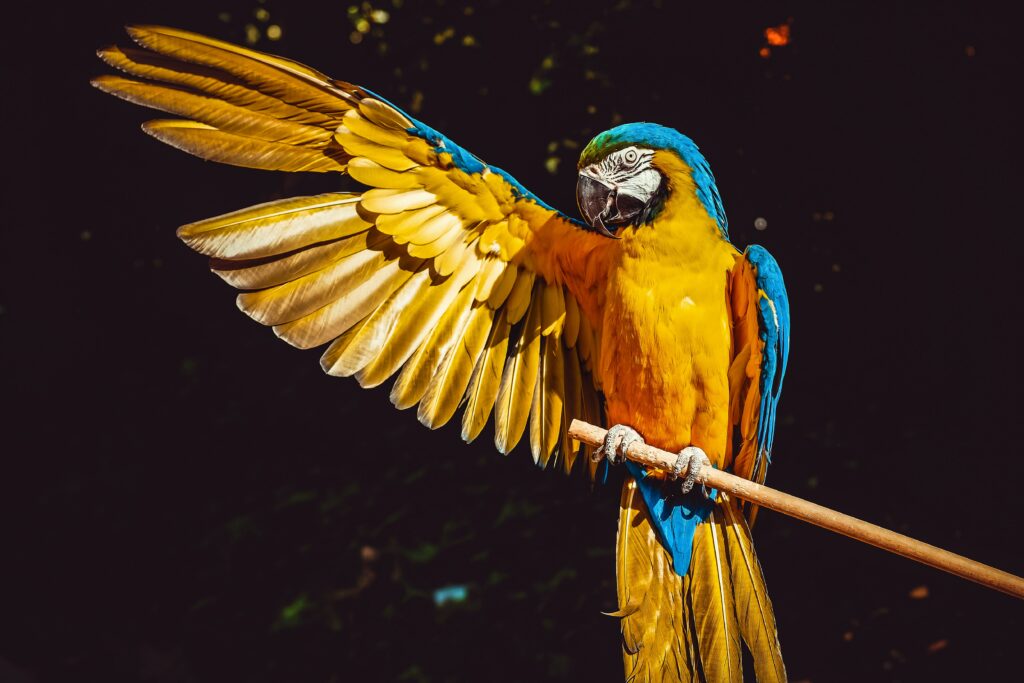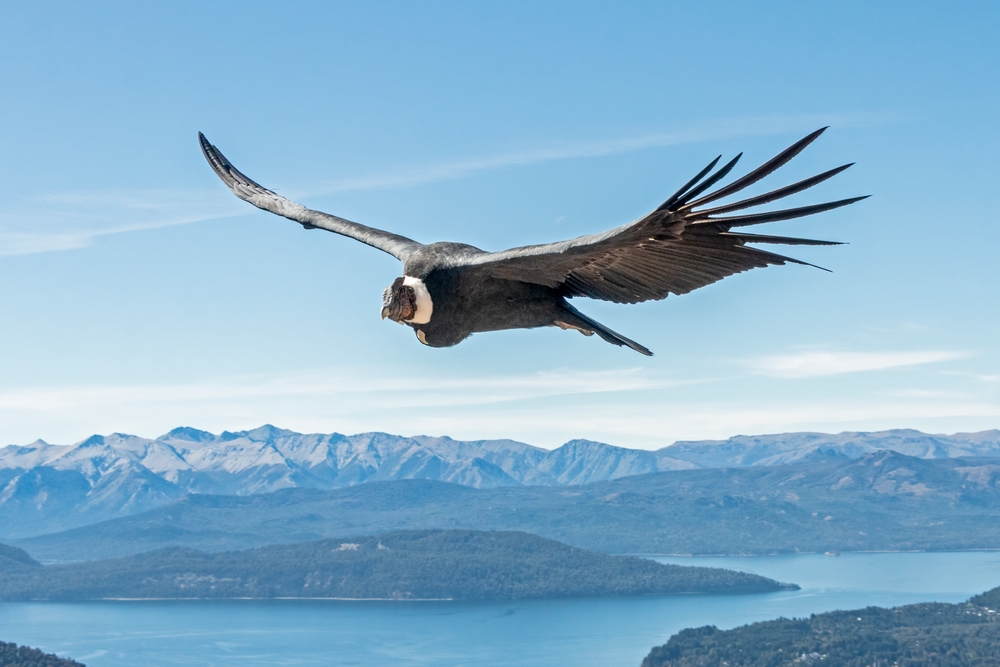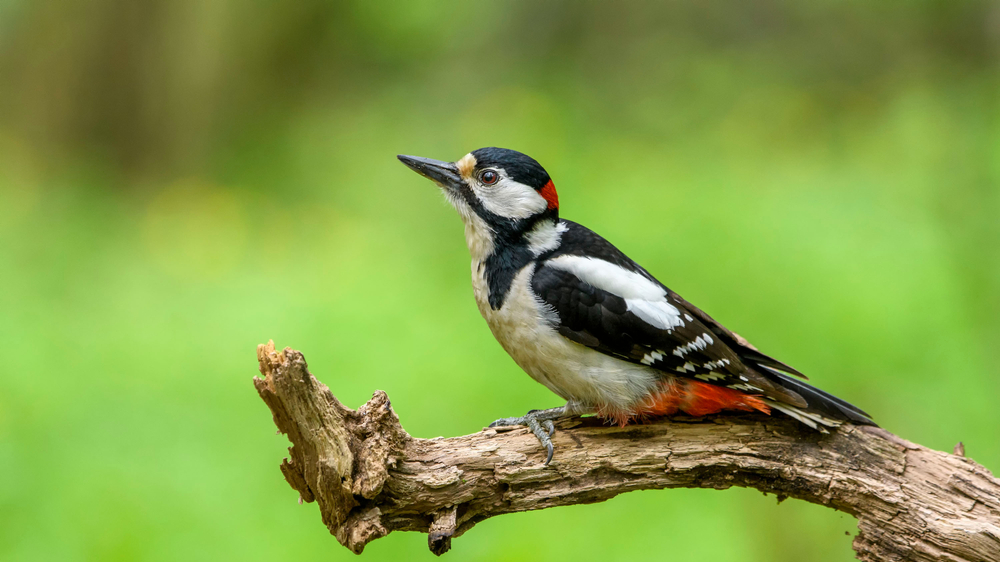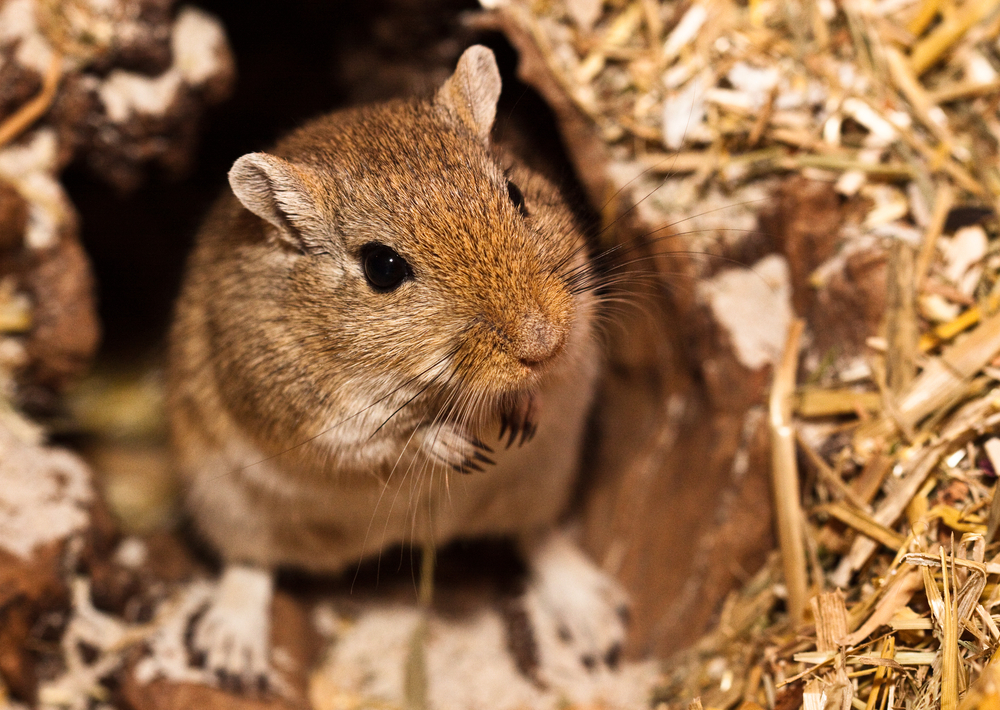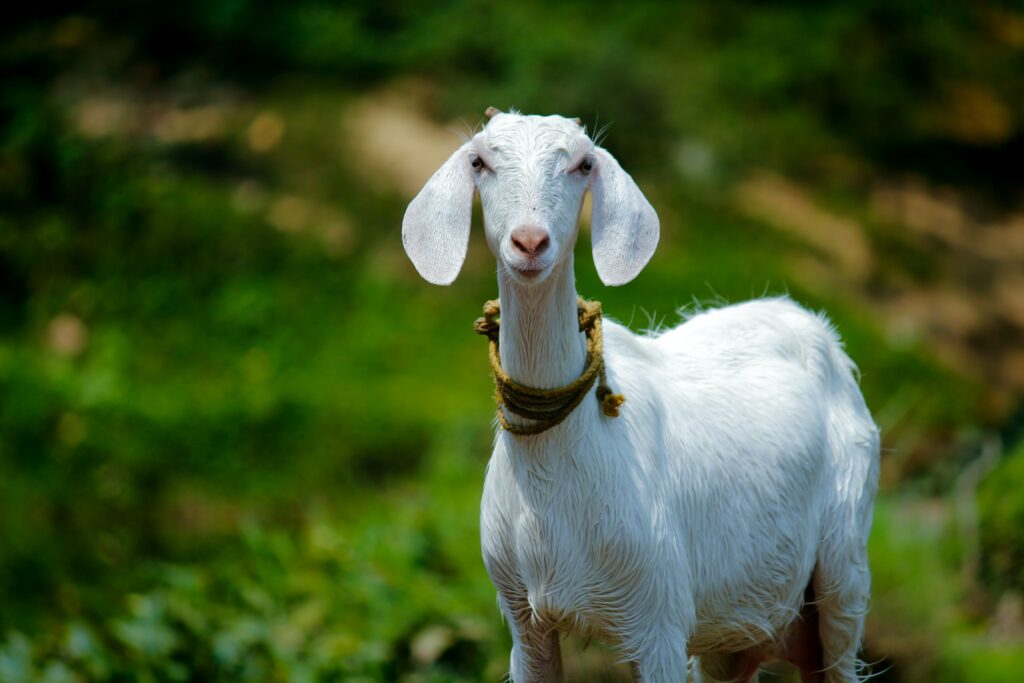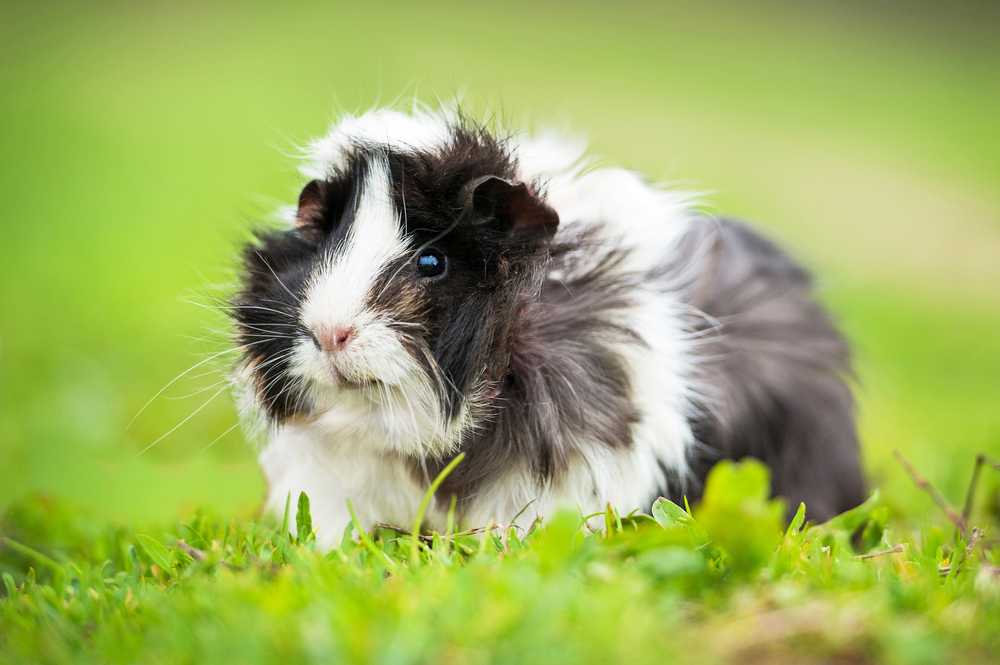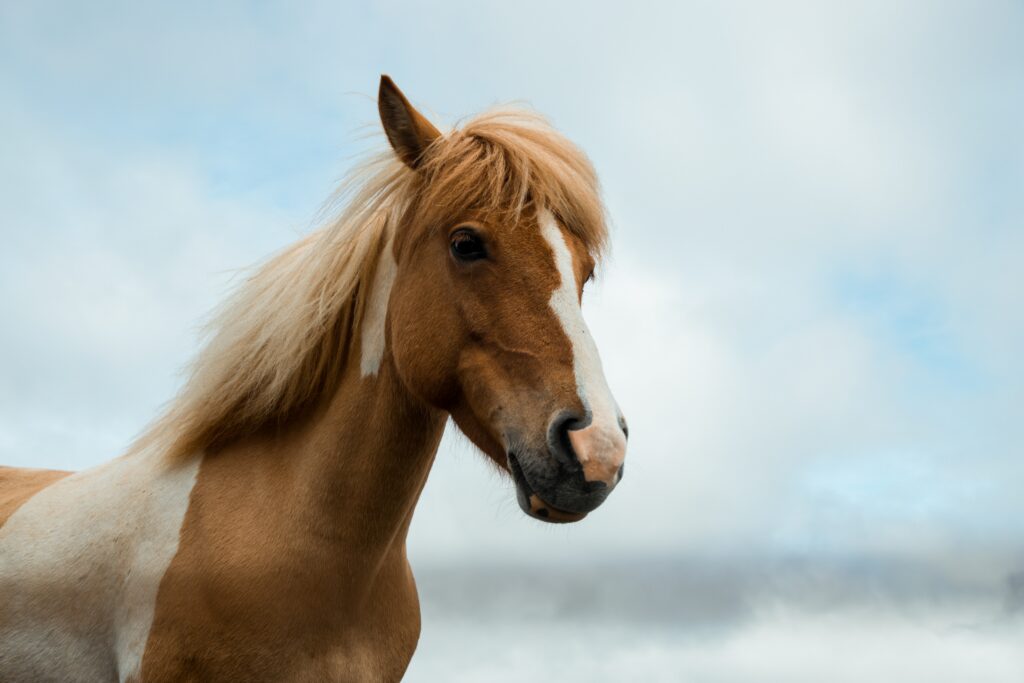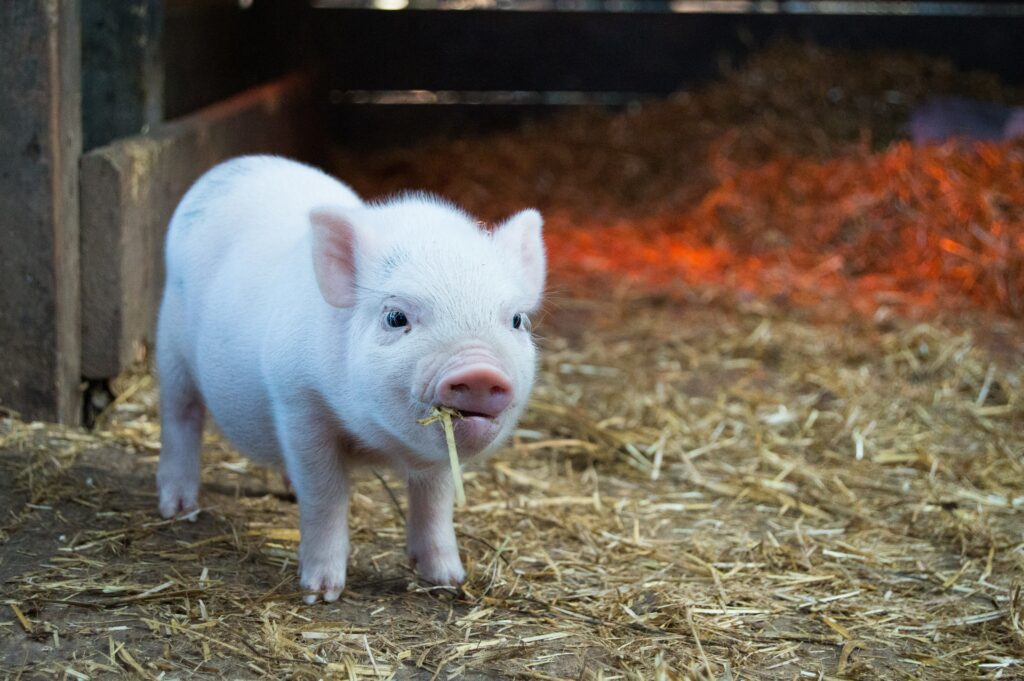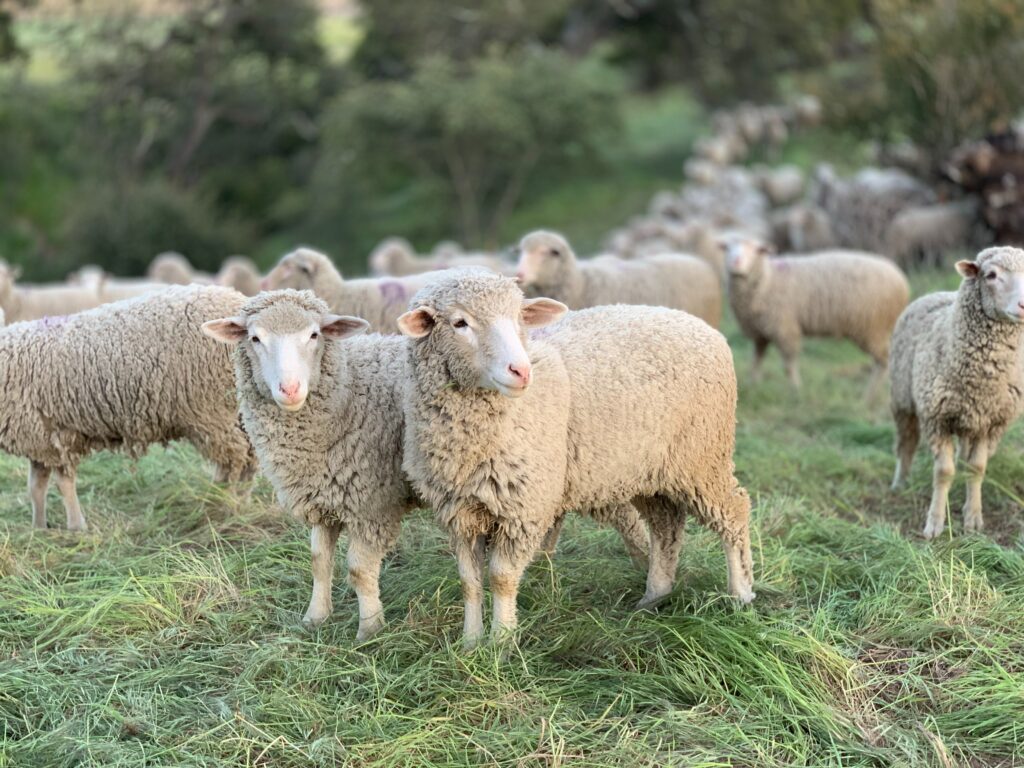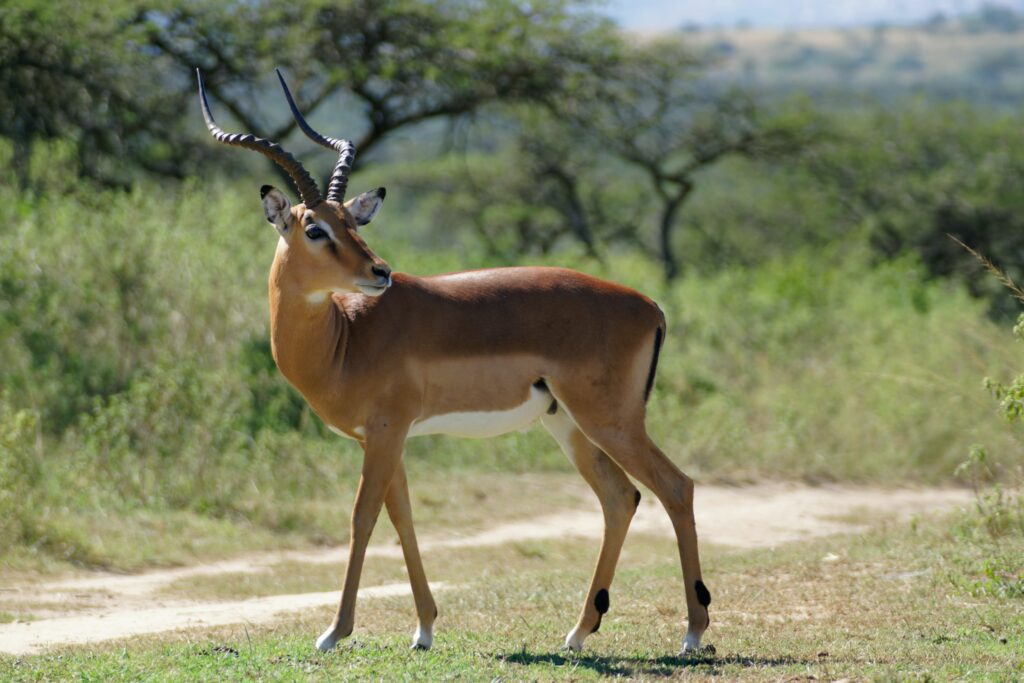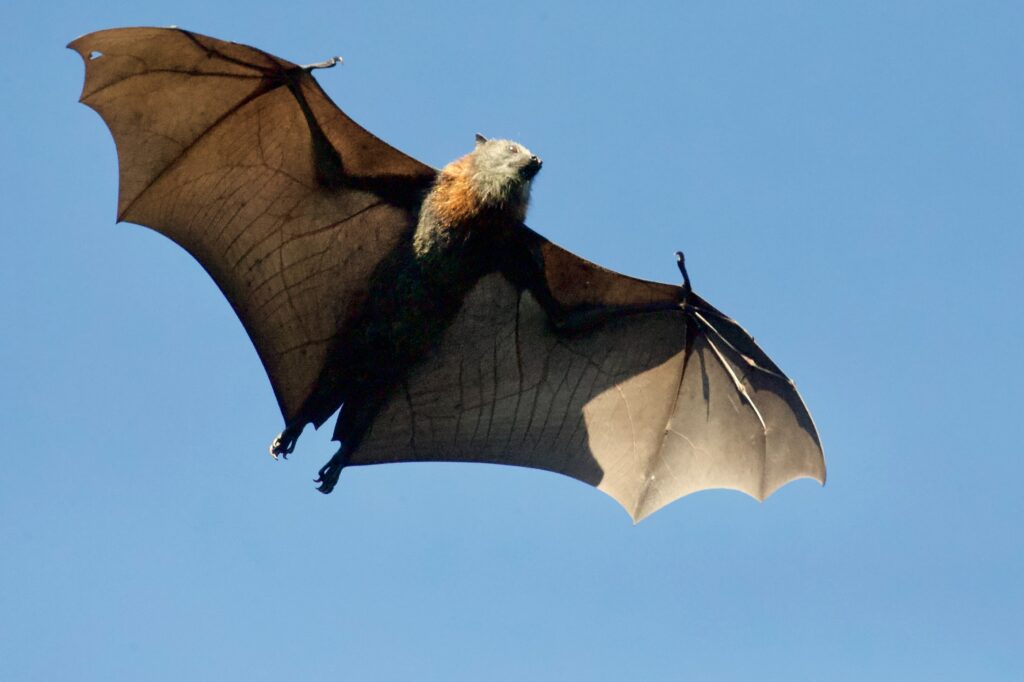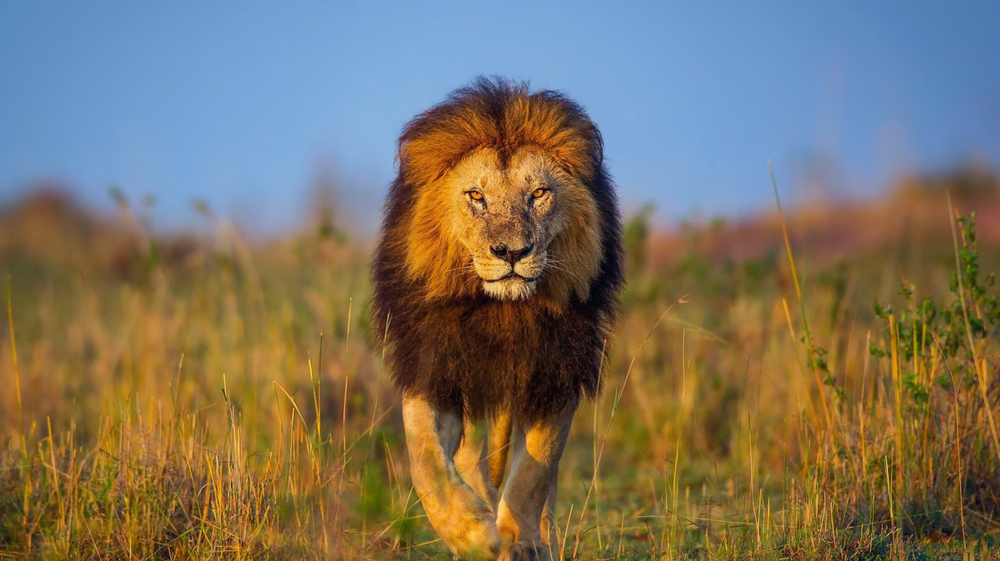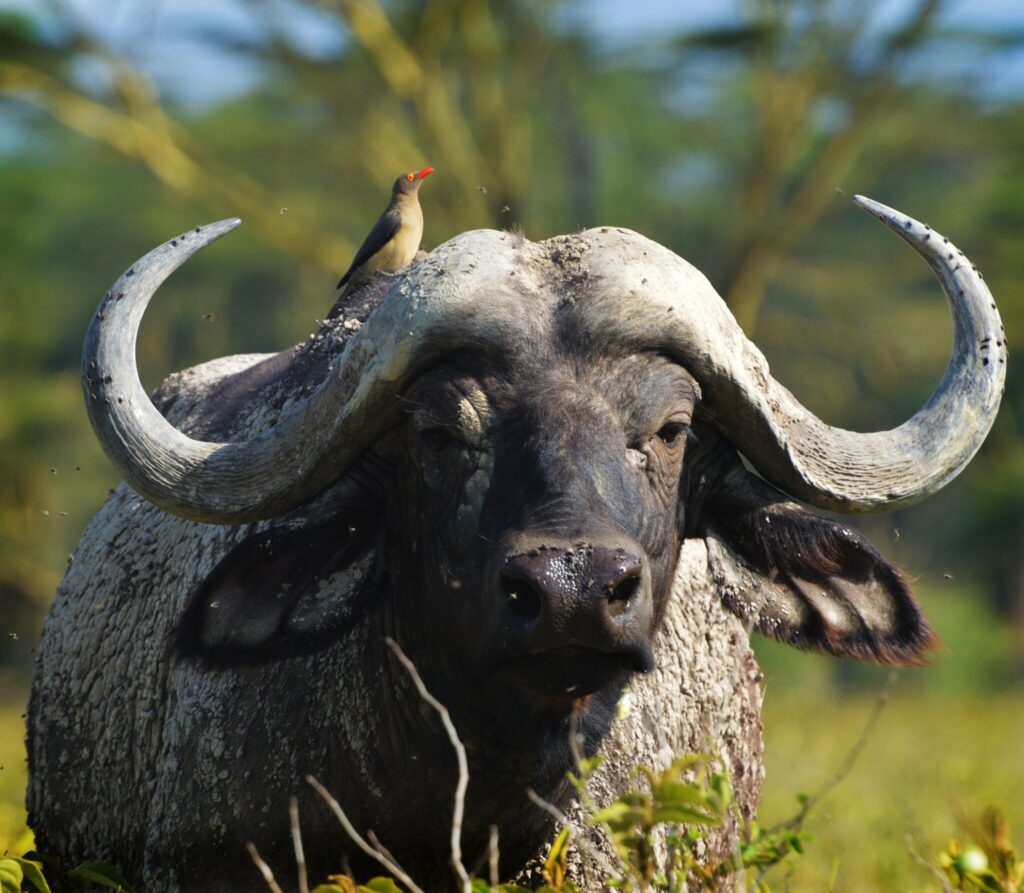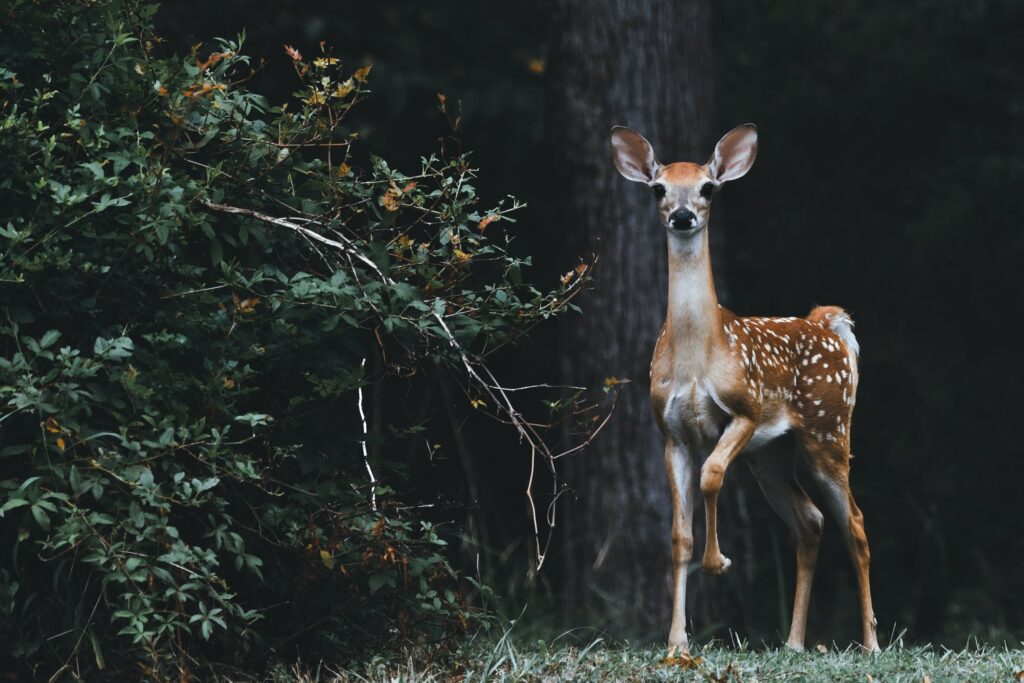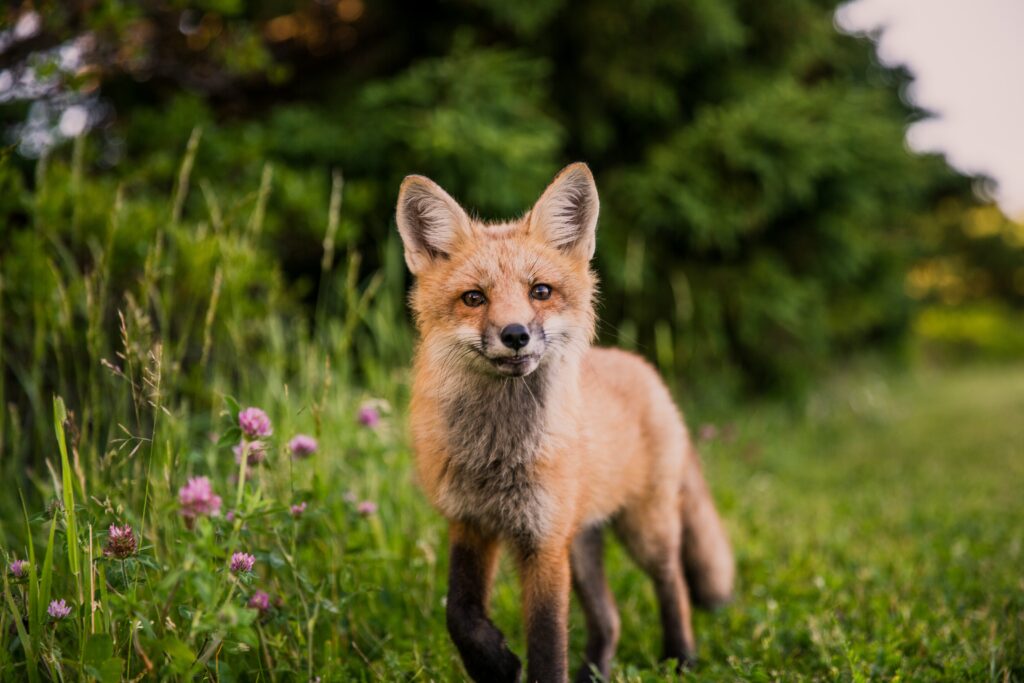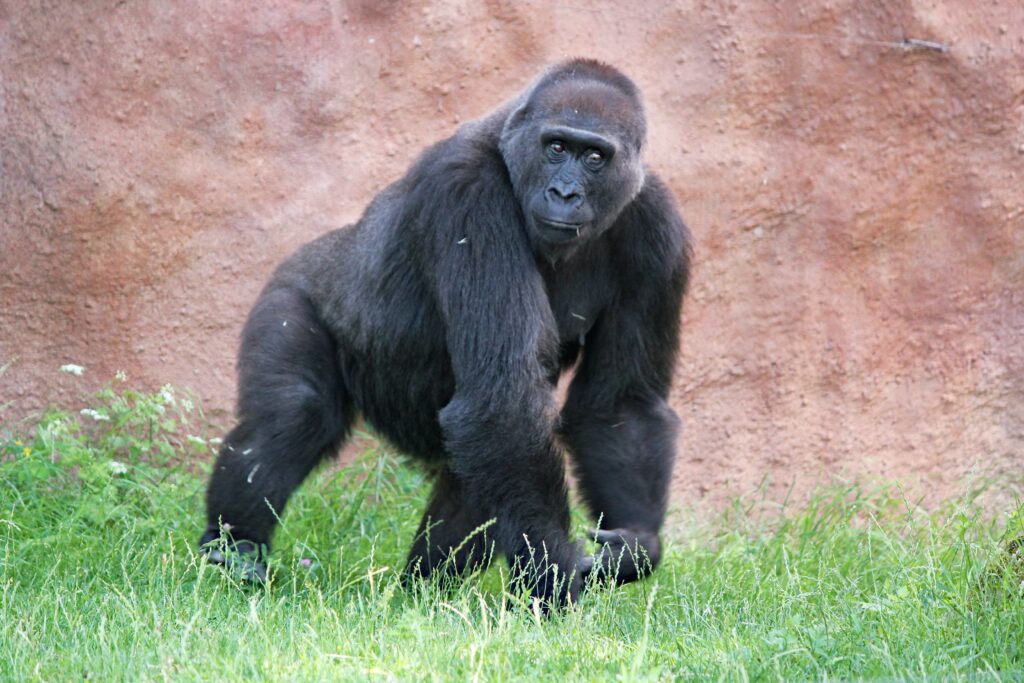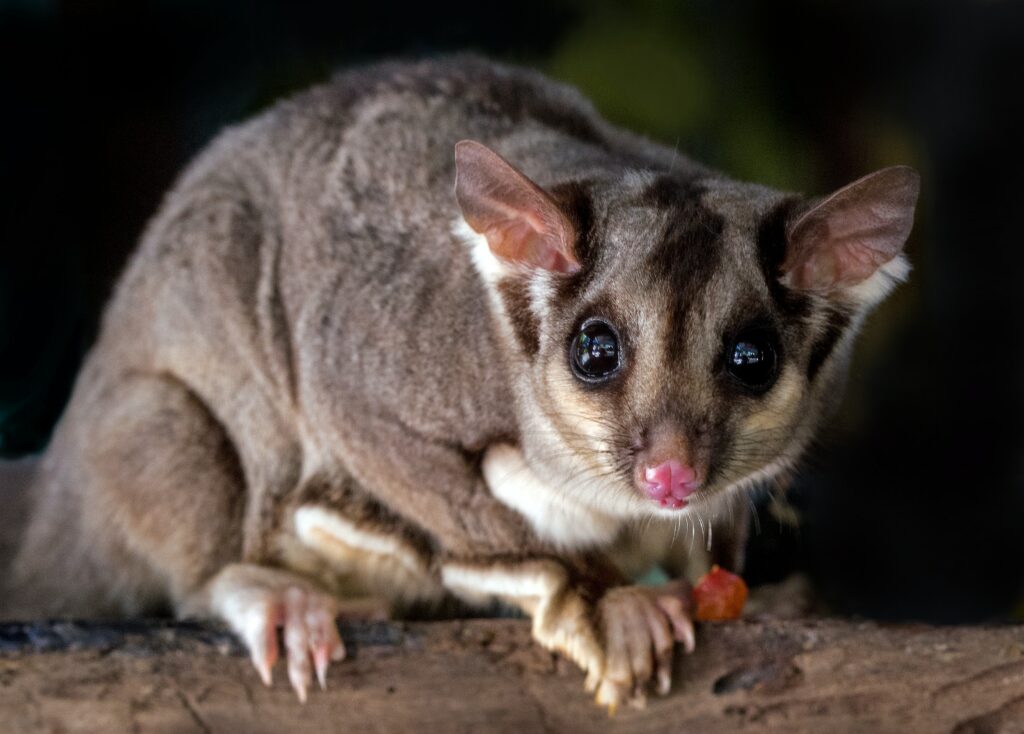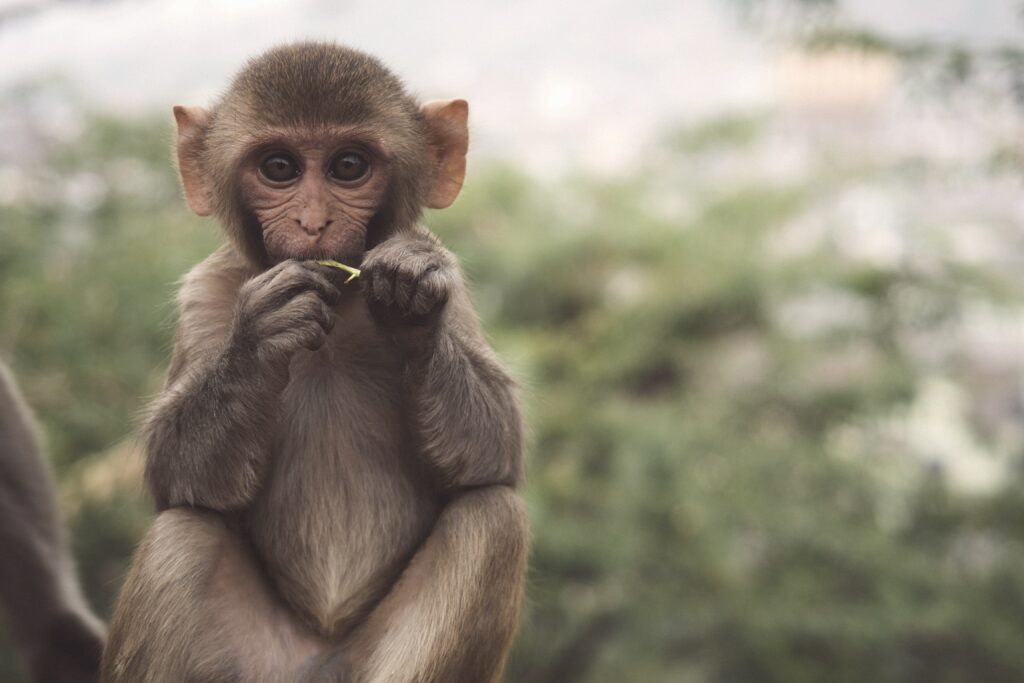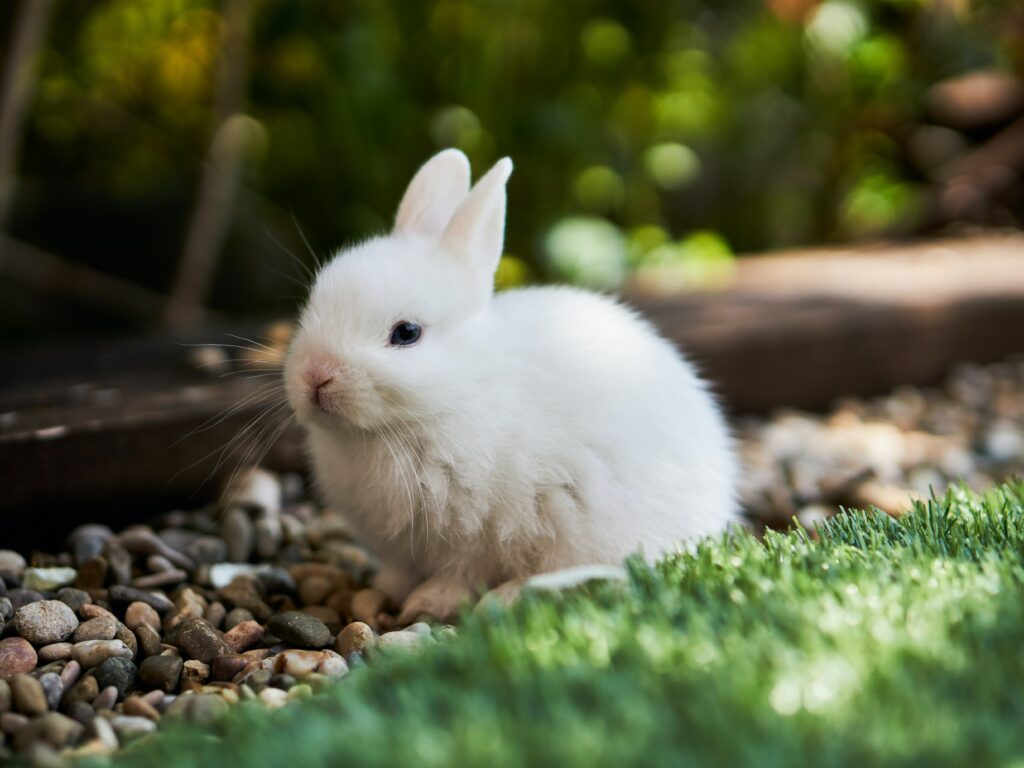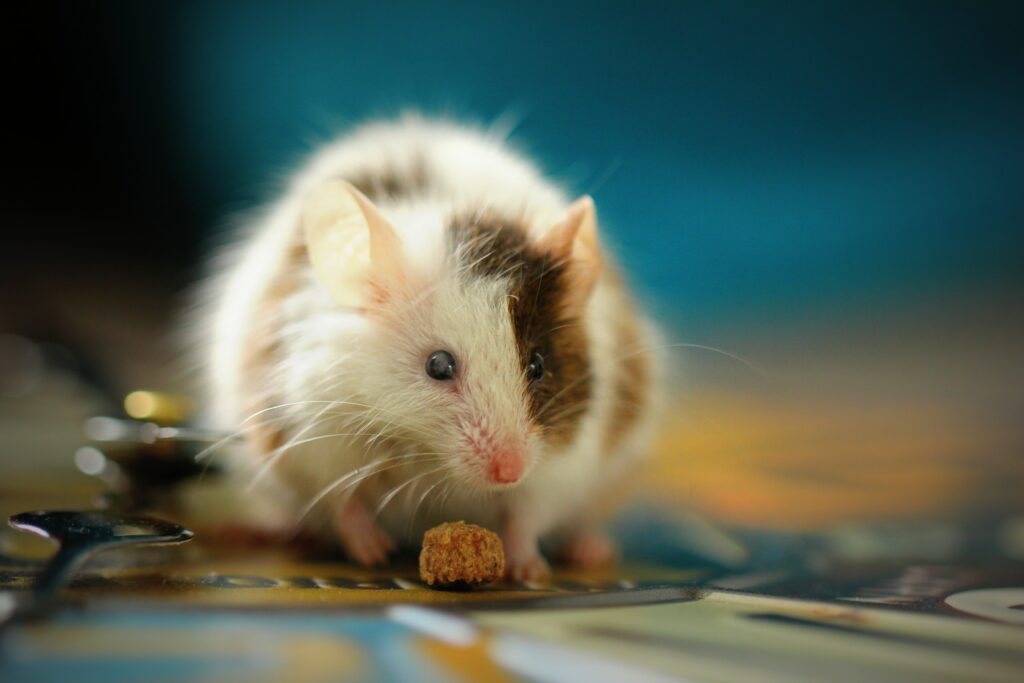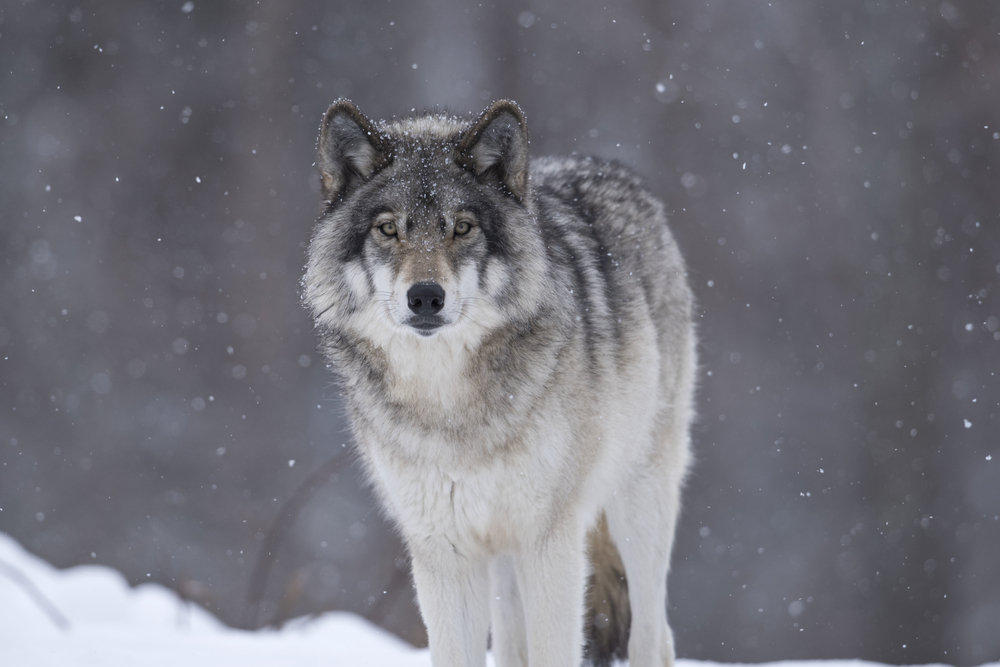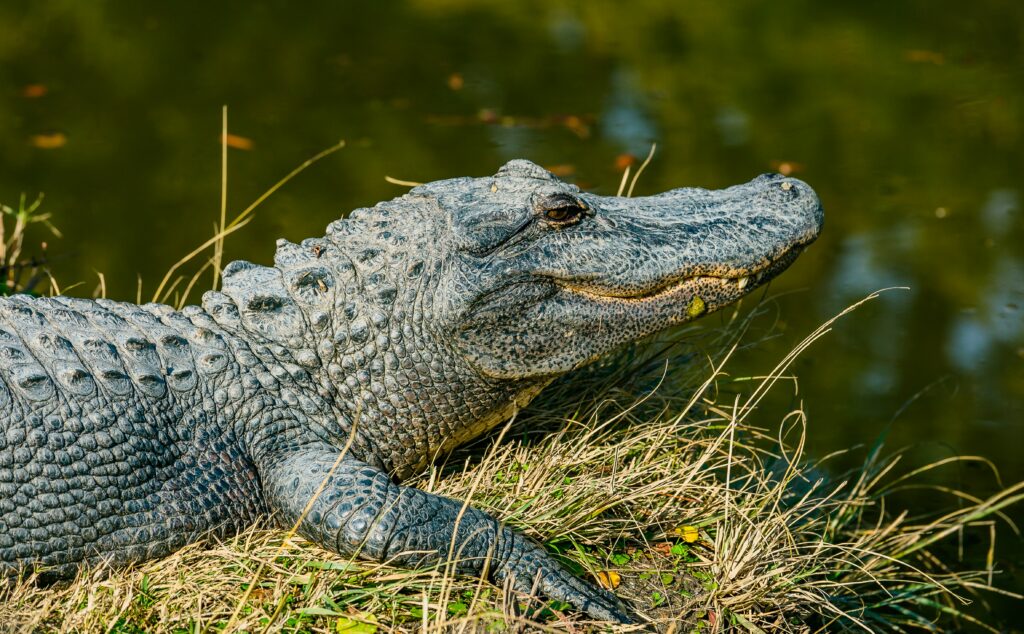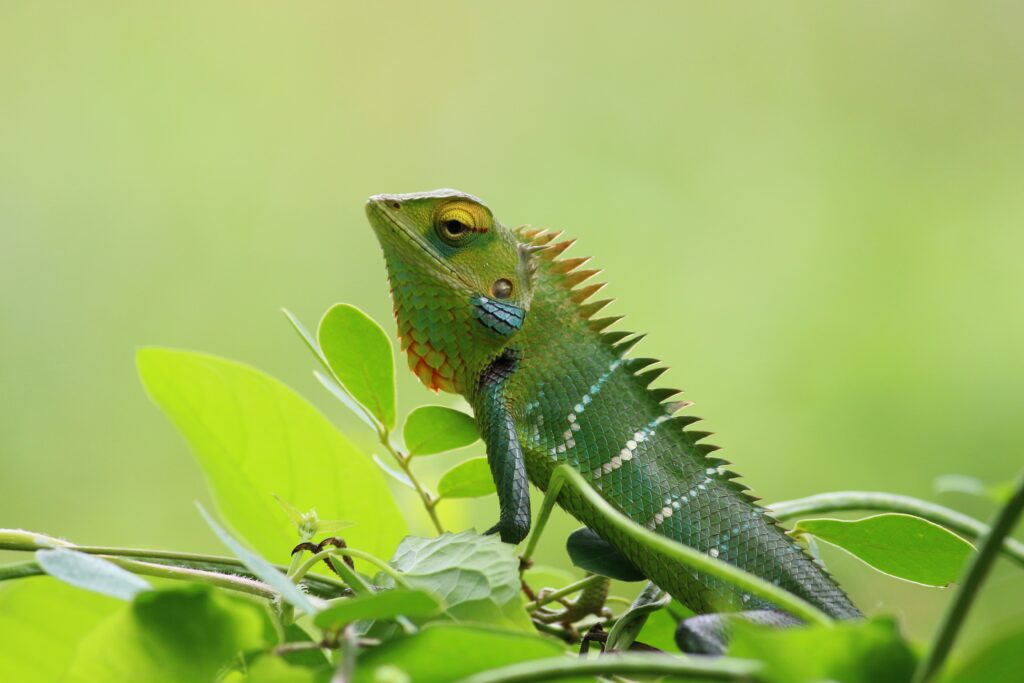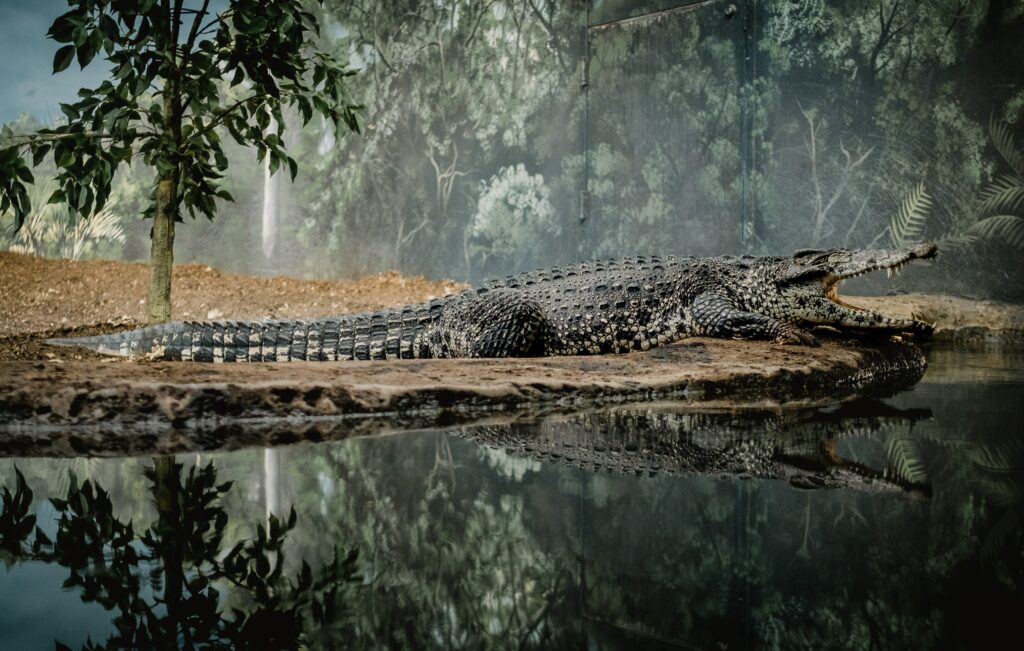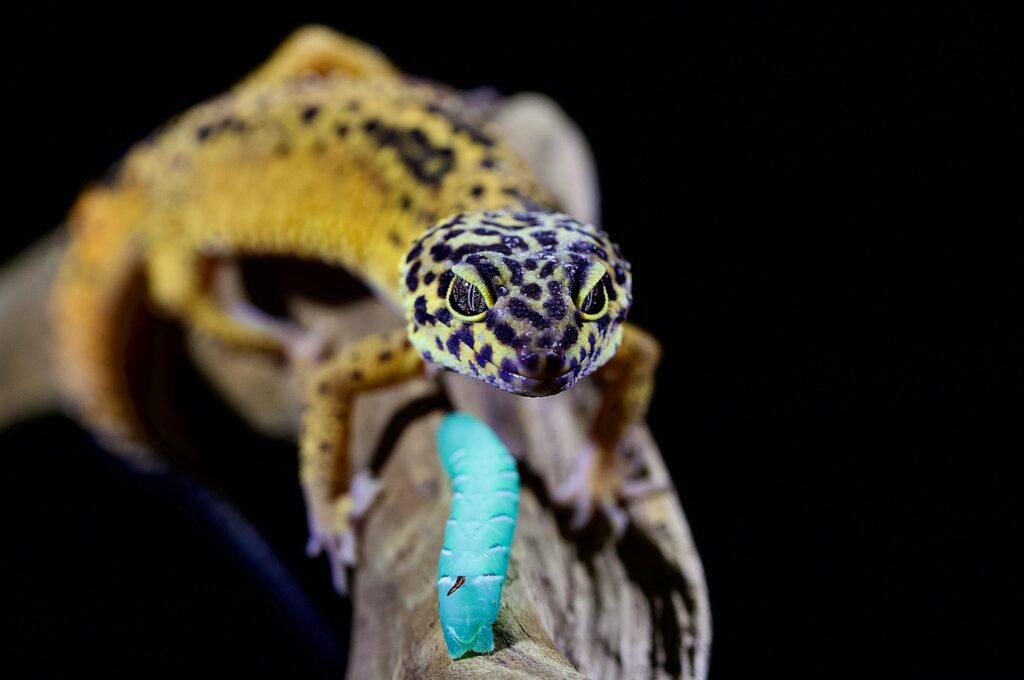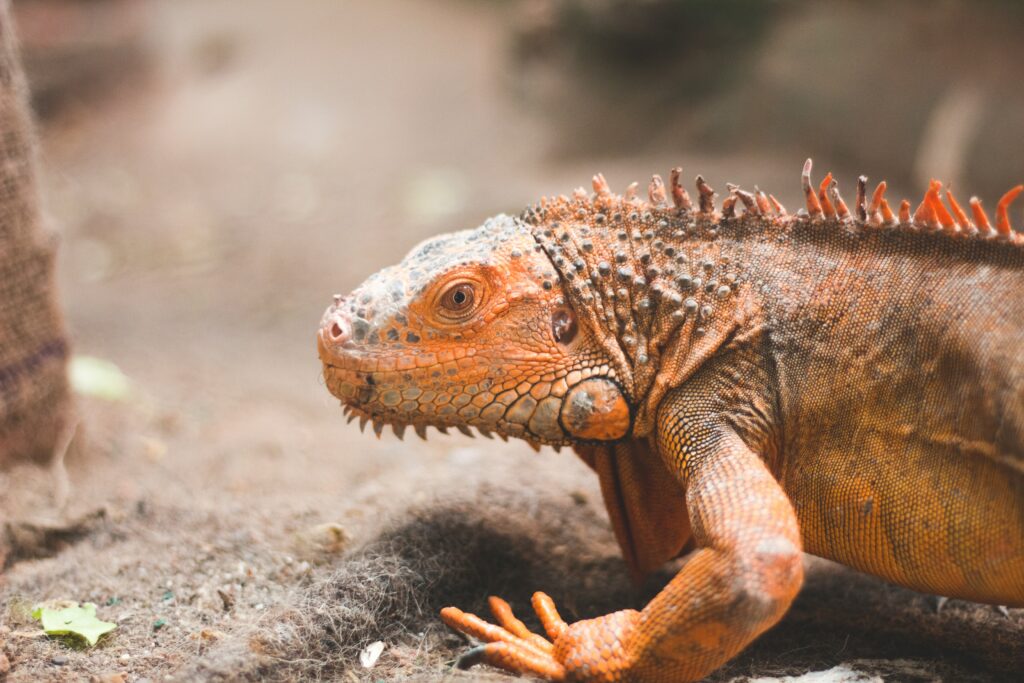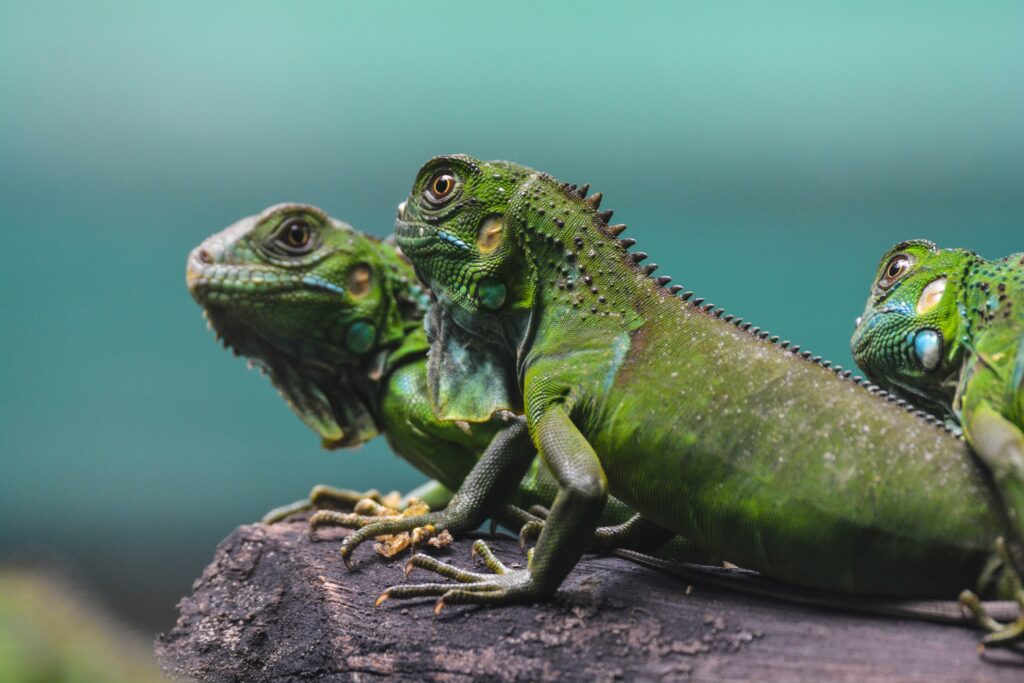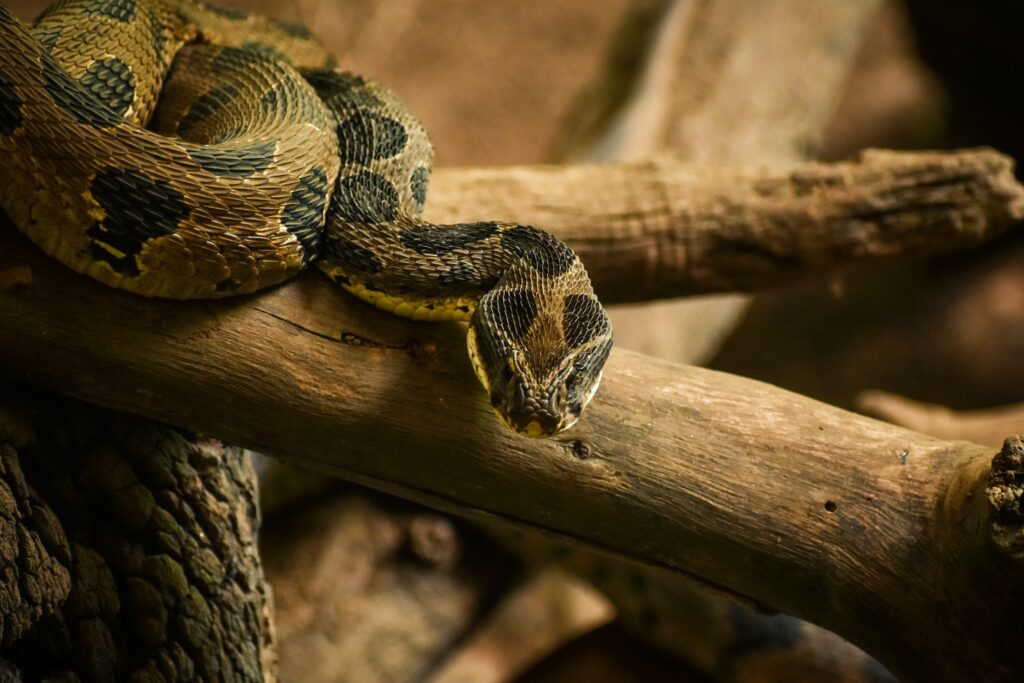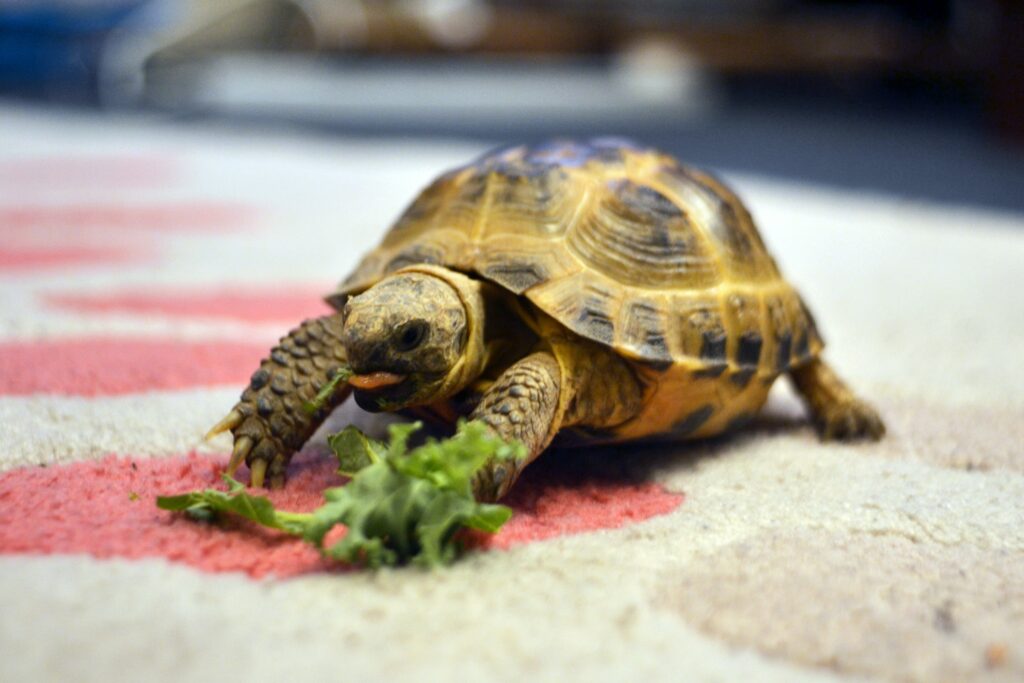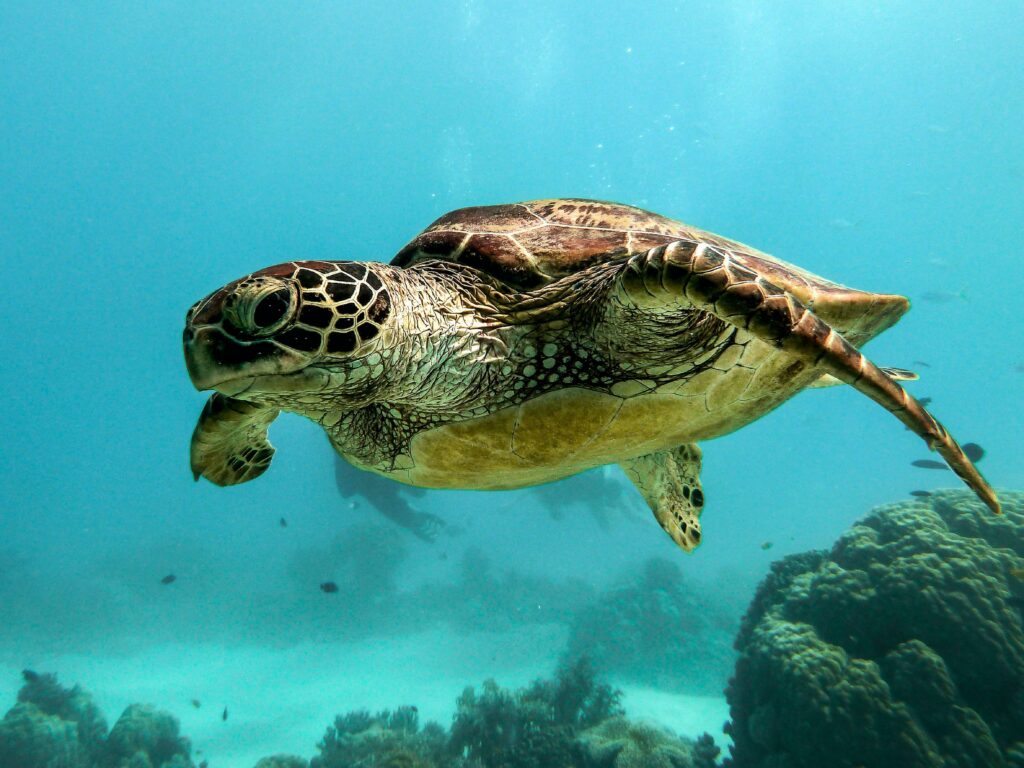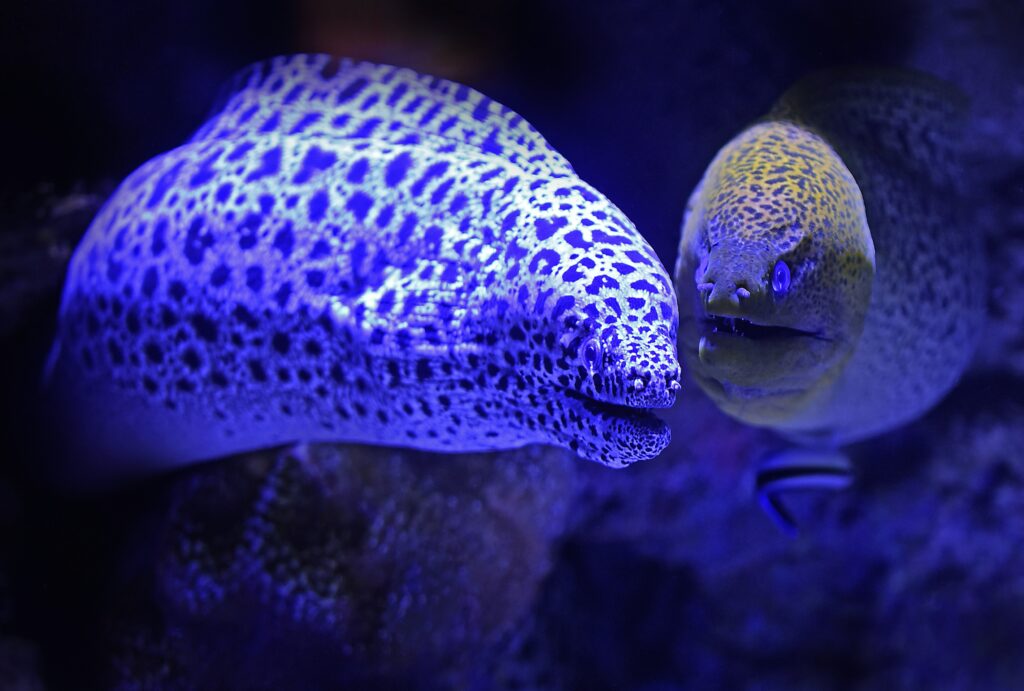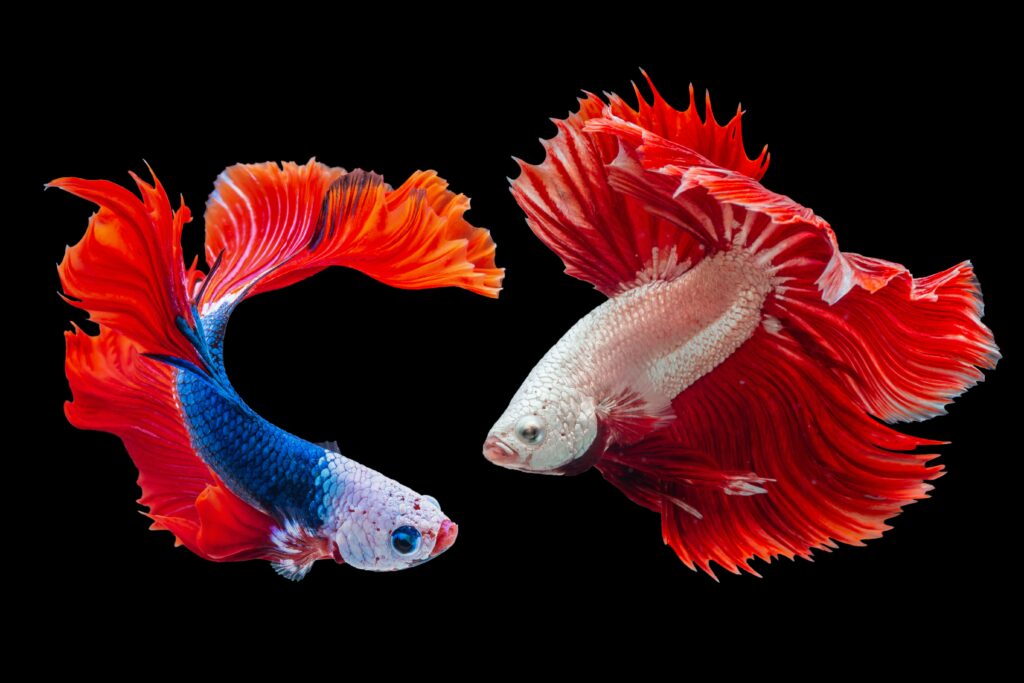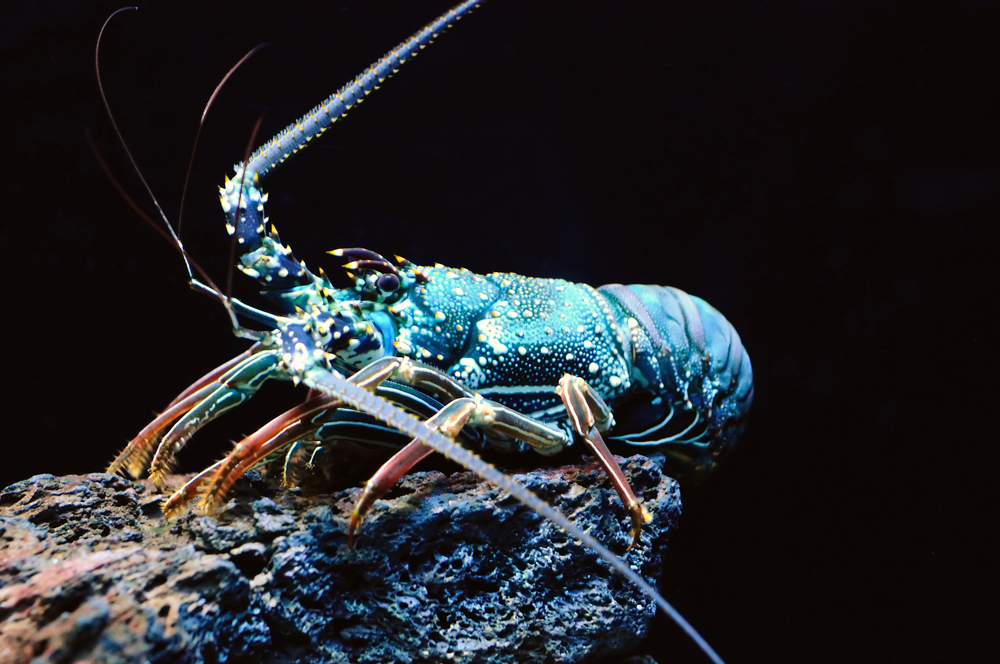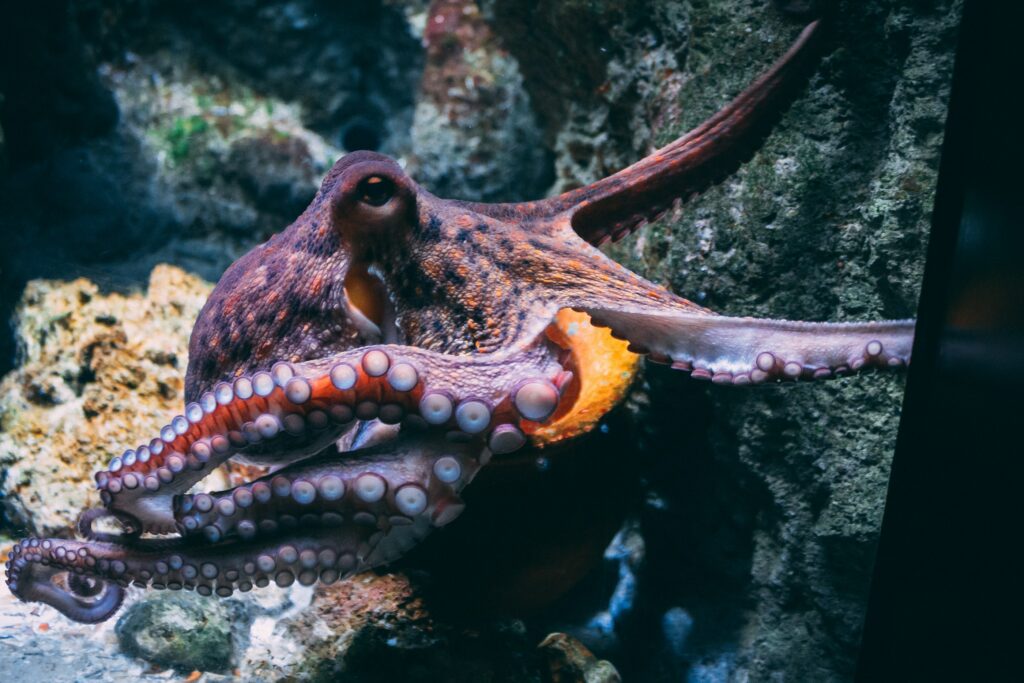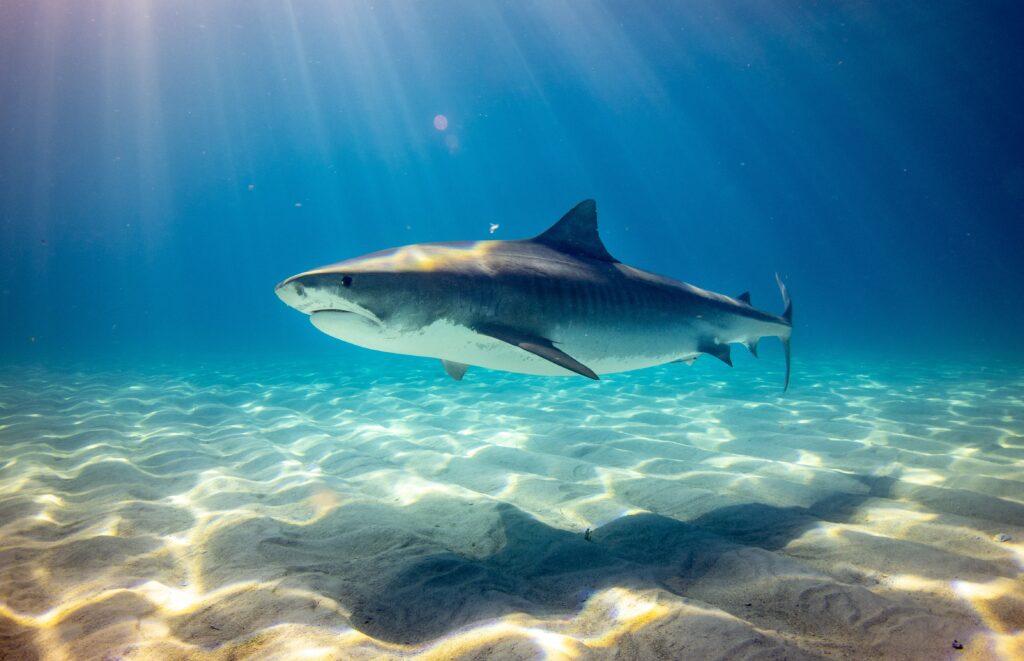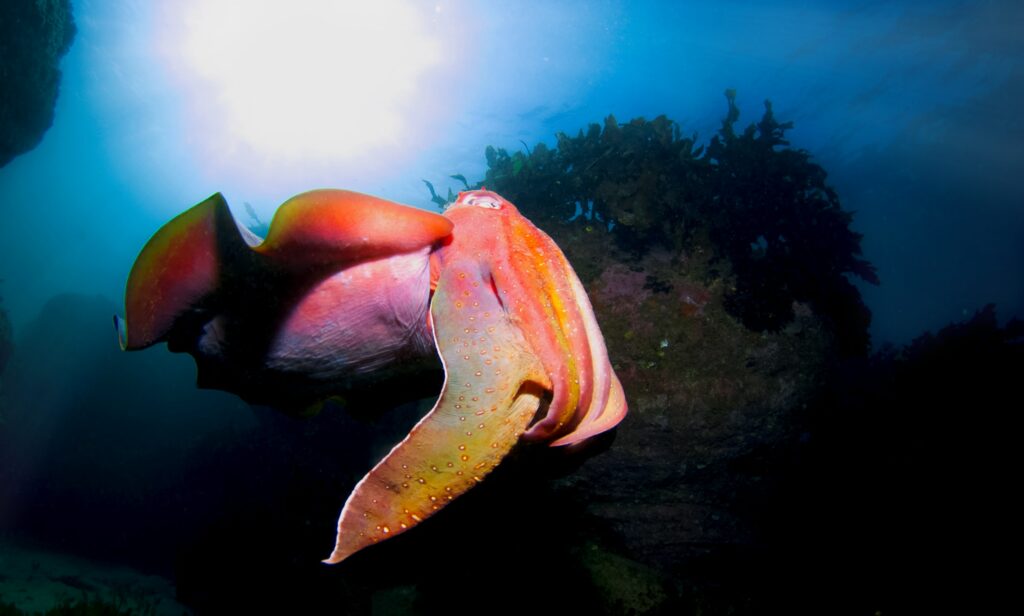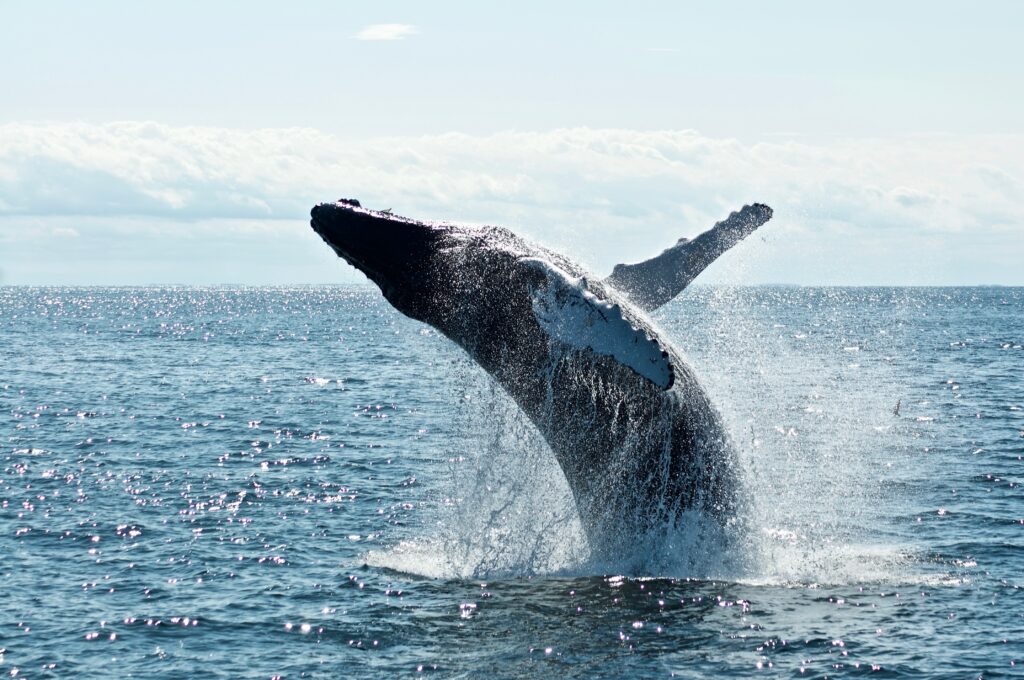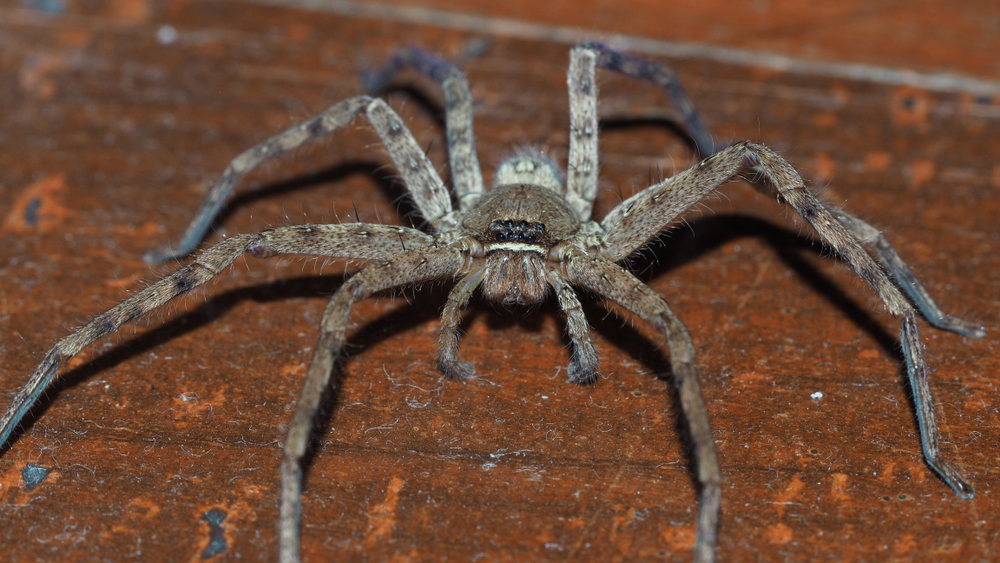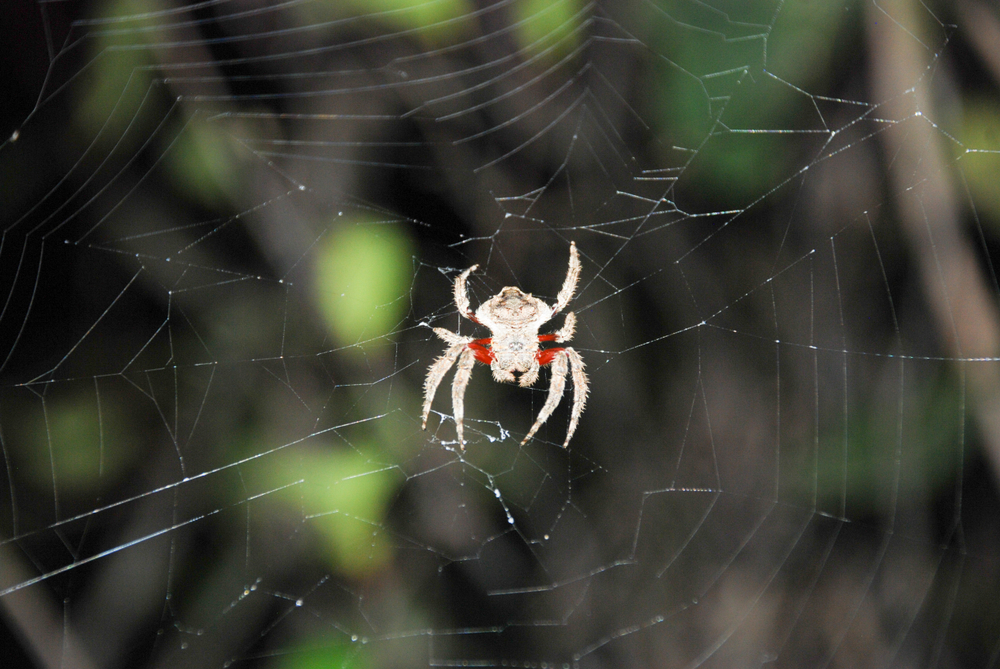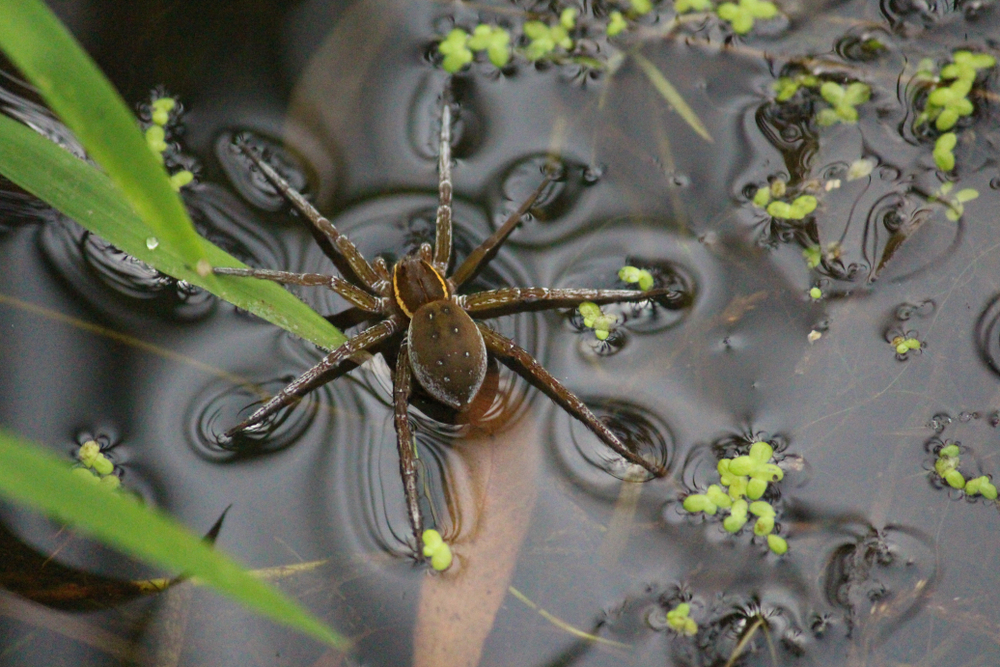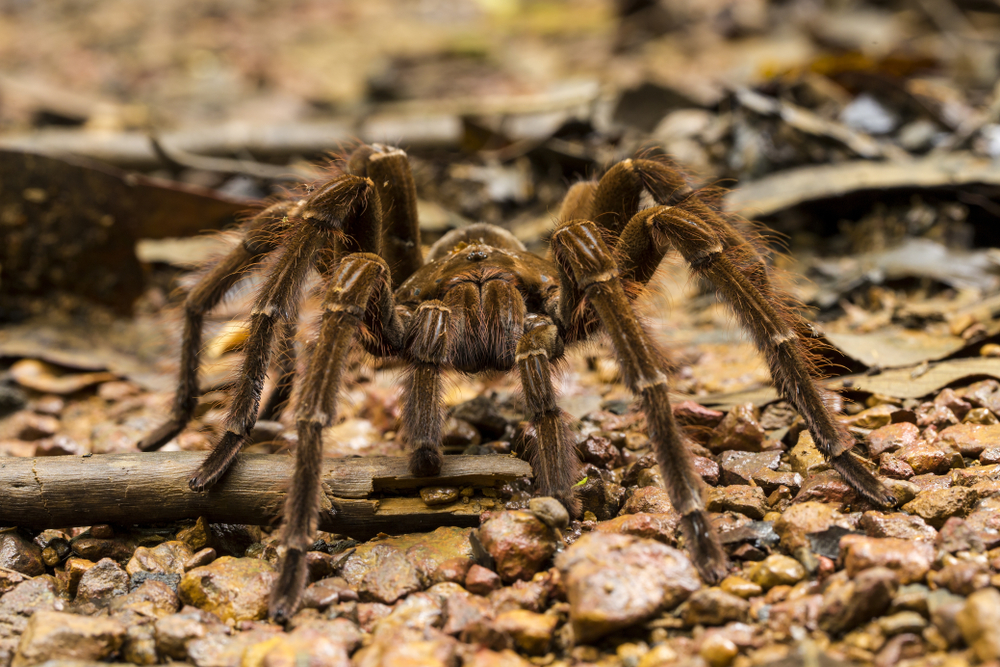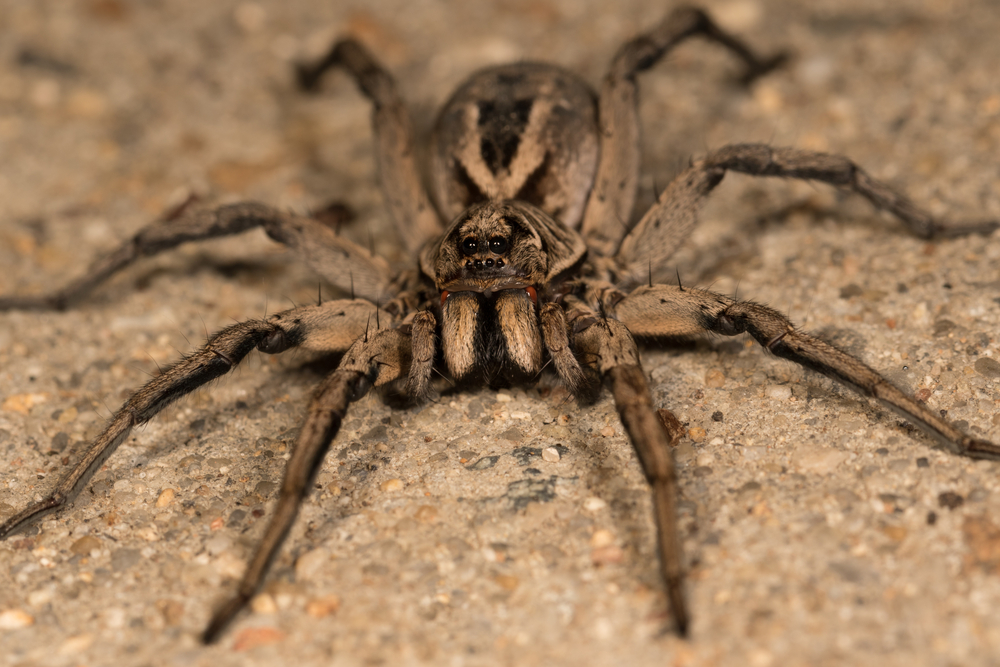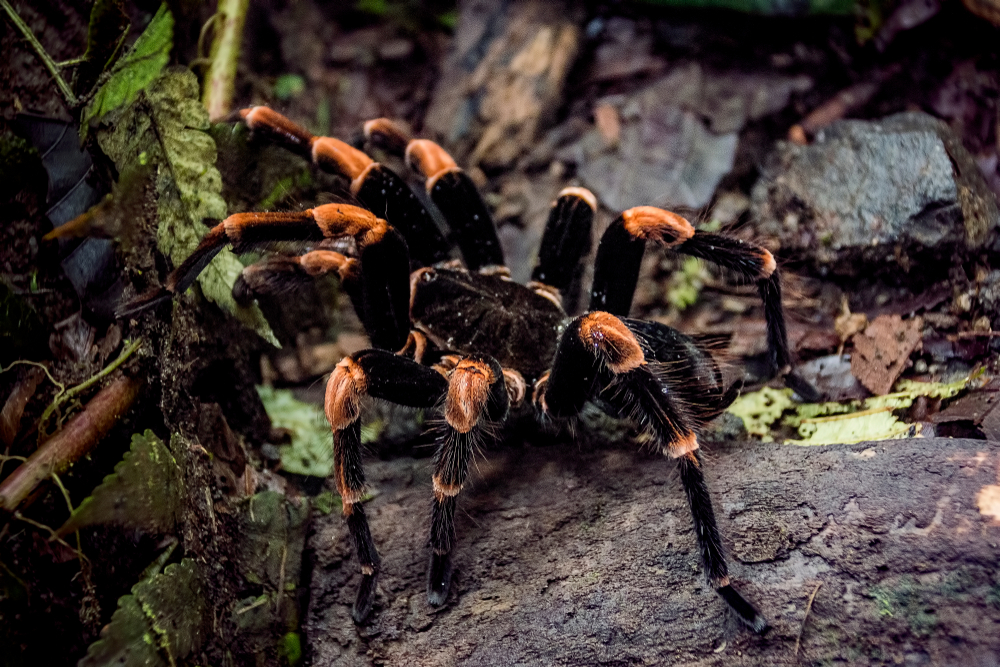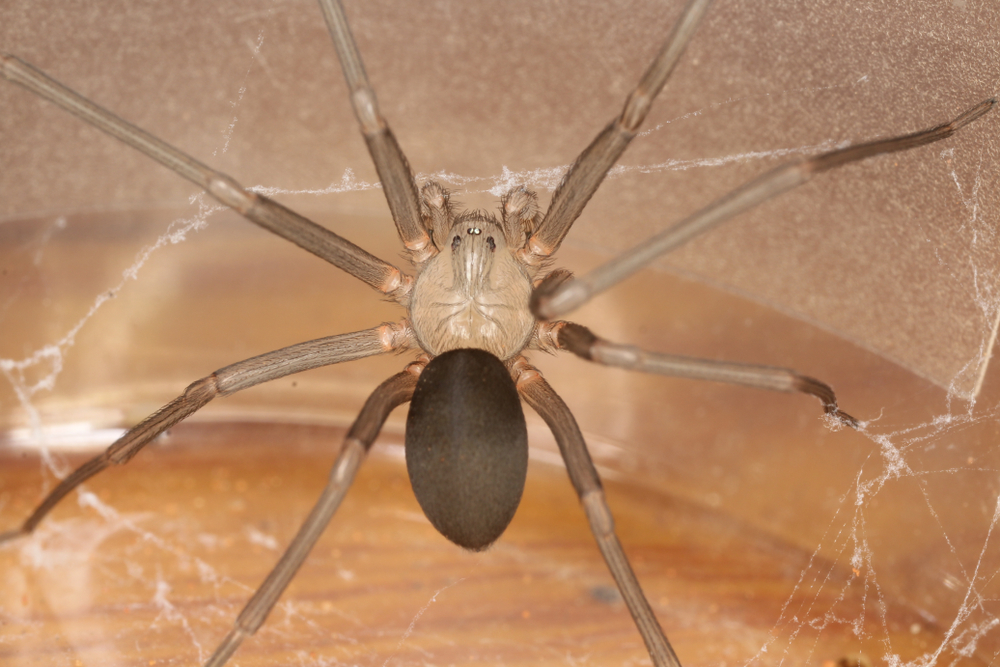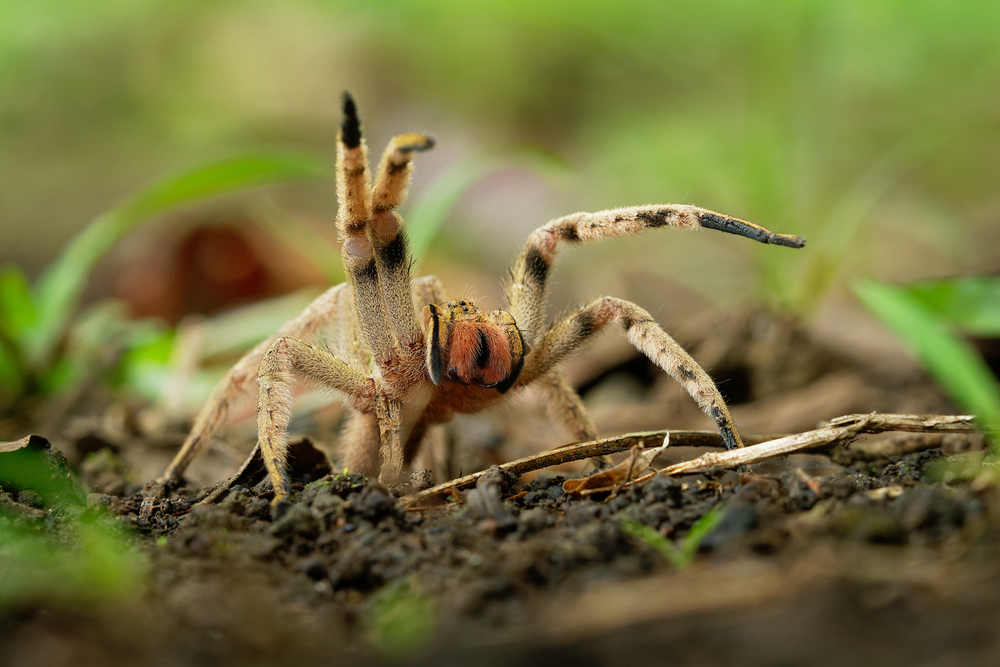Huntsman spiders belong to the family Sparassidae. Their closest relatives are other crab-like wandering spiders within this family, such as the giant huntsman (Heteropoda maxima) and the brown huntsman (Heteropoda venatoria).
About
The Huntsman Spider (Sparassidae family) is a large, fast-moving arachnid renowned for its impressive size, crab-like legs, and ability to hunt without webs. Found in warm climates worldwide, especially in Asia, Africa, Australia, and the Americas, huntsman spiders thrive in forests, grasslands, caves, and even human dwellings, where they help control insect populations.
These spiders are among the largest in leg span, with some species, such as the giant huntsman (Heteropoda maxima) of Laos, reaching up to 12 inches (30 cm) across. Their bodies are generally flattened, allowing them to slip into narrow crevices, and they have long, laterally extended legs that give them a crab-like gait. Most species are brown, gray, or tan, with mottled markings that provide camouflage on tree bark, rocks, or walls.
True to their name, huntsman spiders actively stalk and ambush prey rather than spinning webs. They feed on insects, other arthropods, and occasionally small reptiles or amphibians, using speed and strength to overpower victims. Their venom, while effective on prey, is not dangerous to humans; bites may cause pain, swelling, and mild symptoms, but huntsman spiders are generally non-aggressive and will flee when disturbed.
Reproduction involves elaborate courtship, after which females lay eggs in silken sacs. Some species guard their egg sacs and young, showing surprising maternal care. Lifespans average 2–3 years in the wild.
Culturally, huntsman spiders inspire both fear and fascination due to their size and tendency to enter houses, but they are valued in many regions as natural pest controllers. Their speed, adaptability, and wide distribution make them one of the most recognizable and ecologically useful spider groups in the world.
Physical Characteristics
Huntsman spiders (Sparassidae family) are large, fast-moving spiders known for their flattened bodies and long, crab-like legs.
Body:
They have a broad, flattened body adapted for squeezing into narrow spaces under bark, rocks, or within crevices. The cephalothorax is wide, and the abdomen is oval and relatively small compared to leg length.
Coloration:
Most species are brown, gray, or tan with mottled patterns that provide camouflage against bark and stone. Some have banded legs or subtle greenish or reddish hues.
Legs:
Their legs are exceptionally long and extend sideways, giving them a crab-like appearance. They are covered with fine hairs and spines for traction. The leg span can be enormous, allowing great speed and agility.
Eyes:
They have eight eyes arranged in two forward-facing rows, providing good vision for detecting prey and threats.
Size:
Huntsman spiders can reach 1–2 in (2.5–5 cm) in body length, with leg spans ranging from 4–6 in (10–15 cm). The giant huntsman spider (Heteropoda maxima) of Laos holds the record with a leg span of up to 12 in (30 cm).
Weight:
They are relatively lightweight despite their size, rarely exceeding 1 oz (30 g).
The huntsman spider’s flattened body, long sideways legs, and impressive size make it one of the most distinctive and recognizable spiders in the world.
Reproduction
Huntsman spiders reproduce through direct mating, with distinctive courtship behaviors and strong maternal investment.
Mating and Courtship:
Males approach females cautiously to avoid aggression, using leg tapping and vibrations as courtship signals. Once accepted, the male uses his pedipalps to transfer sperm to the female’s reproductive organs.
Egg Sac Production:
After mating, the female creates a large, flat, oval egg sac, spun from silk. The sac may contain 100–200 eggs depending on the species.
Maternal Care:
Females guard the egg sac fiercely, hiding it under bark, rocks, or within crevices. Some species carry the sac with them or remain with it until the eggs hatch, showing strong maternal behavior.
Hatching:
Spiderlings emerge after several weeks, staying with the mother for a short period before dispersing. During this time, the female may defend them against predators.
Maturity:
Young spiders grow through successive molts, eventually reaching maturity in about a year, depending on species and environment.
The huntsman spider’s reproductive cycle—marked by careful courtship, guarded egg sacs, and maternal defense—ensures high survival rates for spiderlings in their natural habitats.
Lifespan
Huntsman spiders are relatively long-lived compared to many other spiders, with lifespans influenced by sex and environment.
Lifespan in the Wild:
Most huntsman spiders live about 2 years, though some species can survive up to 3 years in favorable conditions. Males typically have shorter lives, often dying soon after mating, while females live longer.
Lifespan in Captivity:
In captivity, with steady food supplies and protection from predators, huntsman spiders may live slightly longer, sometimes reaching 3–4 years.
Threats to Longevity:
Predation by birds, lizards, and larger spiders, as well as environmental hazards, reduce survival in the wild. Human encounters (especially in homes) also contribute to shorter lifespans.
The huntsman spider’s potential to live several years—especially for females—reflects its resilience and ability to adapt to diverse habitats worldwide.
Eating Habits
Huntsman spiders are active hunters rather than web builders, using speed and strength to overpower prey.
Diet:
They feed on insects such as cockroaches, crickets, beetles, and moths. Larger species are capable of taking small reptiles, frogs, or even birds when available.
Feeding Behavior:
Instead of building capture webs, huntsman spiders rely on stealth and speed. They stalk or ambush prey, pinning it with their long legs before delivering a venomous bite to immobilize it.
Foraging Strategy:
Mostly nocturnal, huntsman spiders patrol tree trunks, leaf litter, or walls of human structures in search of prey. Their flattened bodies allow them to squeeze into tight spaces and surprise prey.
Role in the Ecosystem:
By controlling insect populations, including pests like cockroaches, huntsman spiders play an important role in maintaining ecological balance.
The huntsman spider’s reliance on agility, ambush, and raw power—rather than webs—sets it apart as one of the most formidable insect hunters in its range.
Uniqueness
Huntsman spiders are among the most distinctive and unusual arachnids, known for their size, speed, and behavior.
Crab-Like Legs:
Their long, laterally extended legs give them a crab-like stance and allow rapid sideways movement, unlike most other spiders.
Giant Size:
Some species, like the giant huntsman (Heteropoda maxima), have the largest leg span of any spider, reaching up to 12 in (30 cm).
No Web Hunting:
Unlike orb-weavers and tarantulas, huntsman spiders don’t rely on webs to catch prey. Instead, they actively hunt, using stealth and bursts of speed.
Maternal Care:
Females show strong maternal instincts, guarding egg sacs and even protecting spiderlings after hatching.
Adaptability:
They thrive in forests, grasslands, caves, and even human homes, earning them a reputation as “house spiders” in many tropical regions.
The huntsman spider’s enormous size, crab-like movement, and active hunting style make it one of the most unique and fascinating spiders in the world.
Be the First to Share Photos of This Species.
FAQ’s
1. What species is closest to the huntsman spider?
2. How does the huntsman spider compare to other species in the same family?
Compared to other Sparassidae, the huntsman spider group includes the largest leg spans of any spider. While many relatives share sideways movement and flat bodies, species like the giant huntsman are record-holders in size.
3. What national parks provide the best opportunities to see a huntsman spider?
They can be found in tropical and subtropical parks such as Daintree National Park (Australia), Kruger National Park (South Africa), and Bako National Park (Malaysia), where they thrive in forests and caves.
4. In what parts of the world can you find huntsman spiders?
Huntsman spiders are widespread in warm regions worldwide, especially in Asia, Africa, Australia, and the Americas. They often live in forests, grasslands, caves, and even human dwellings.
5. How many types of huntsman spiders are there?
There are more than 1,300 recognized species of huntsman spiders in the family Sparassidae, ranging from medium-sized wandering hunters to giants with record leg spans.
